Samsung Q7F is the cheapest model from the manufacturer in the QLED line, and it must be said that a few advantages can easily be pointed out here. After calibration, the colours look really good, and the additional QLED filter ensures that the hues are more saturated than in typical budget LCD televisions. Additionally, there’s a VA panel that offers quite decent native contrast. It’s certainly not on the level of top-tier models, but in everyday viewing, it does the job. However, the biggest plus is the Tizen system, Samsung’s flagship offering. It runs smoothly, is comprehensive, provides access to a plethora of applications and add-ons, and allows for easy integration of the television into the SmartThings ecosystem to control other devices in the home. And essentially, that’s where the list of positives ends, as the longer you use the Q7F, the more apparent it becomes that this is a product that is quite unfinished. It’s not just about the panel itself with its low brightness and mediocre image quality in HDR films, but also about the lack of features that usually worked flawlessly in Samsung devices. The manufacturer claims the presence of VRR and HGiG, but in practice, they are of no use, making it difficult to recommend the television even to casual gamers. For regular TV viewing, it doesn’t perform the best either because the digital image processing is at best average, and the feature for improving tonal transitions, which usually works well for Samsung, is practically ineffective here. The Q7F is a piece of equipment that can only be recommended to those looking for a television with two slogans on the box: “QLED” and “good Smart TV”. The rest get a rather bland product that lacks a lot to even compete with other more budget-friendly offerings. It’s a shame because usually, the term "QLED" in Samsung meant something more than just an ordinary television.
- Matching (Score)
- Our verdict
- TV appearance
- Where to buy
- Contrast and black detail
- HDR effect quality
- Factory color reproduction
- Color reproduction after calibration
- Smoothness of tonal transitions
- Image scaling and smoothness of tonal transitions
- Blur and motion smoothness
- Console compatibility and gaming features
- Input lag
- Compatibility with PC
- Viewing angles
- TV efficiency during daytime
- Details about the matrix
- TV features
- Apps
- Playing files from USB
- Sound
Samsung Q7F vs TCL P89K / TCL P8K
Direct compare
P8K / P89K
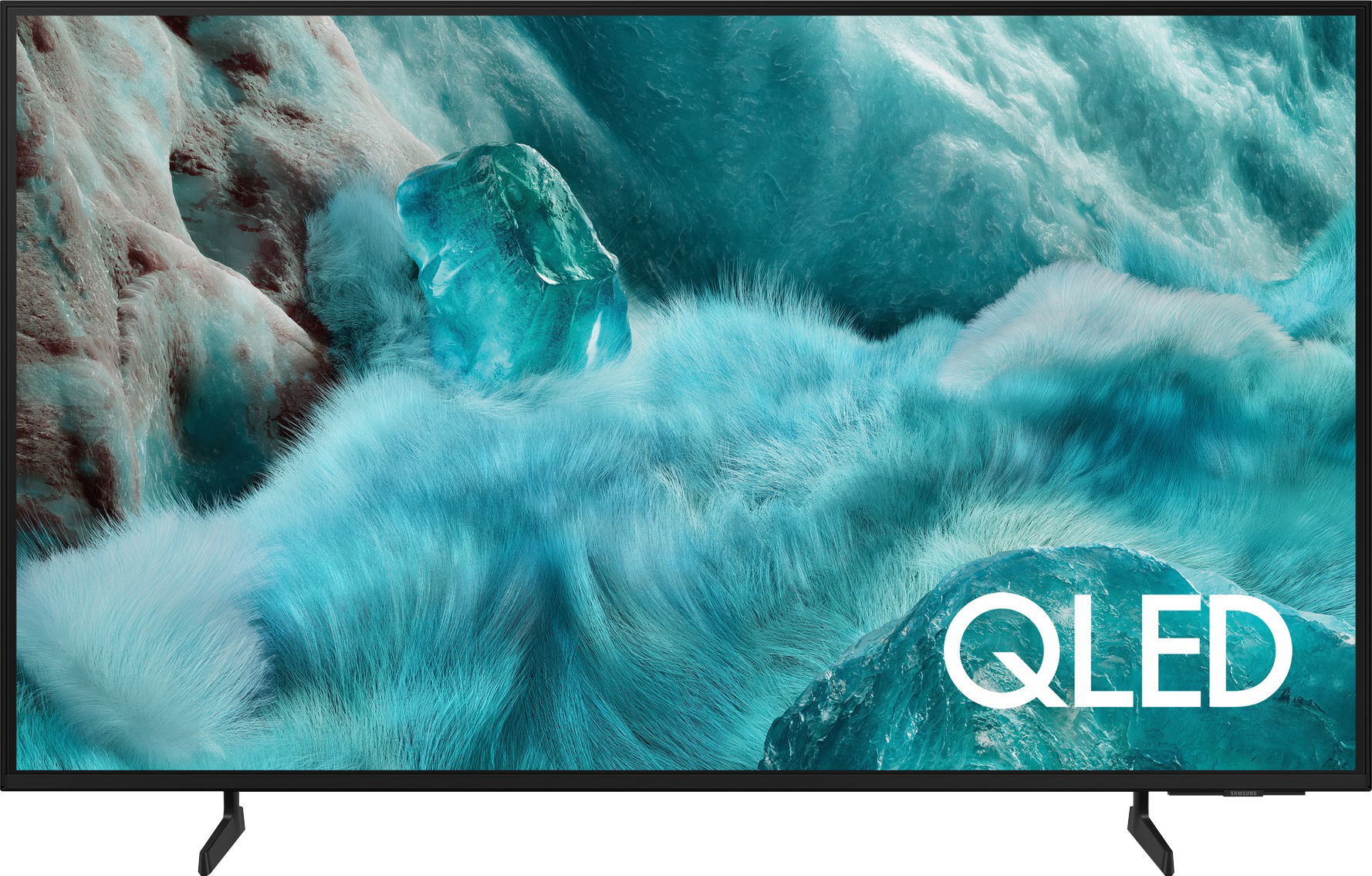
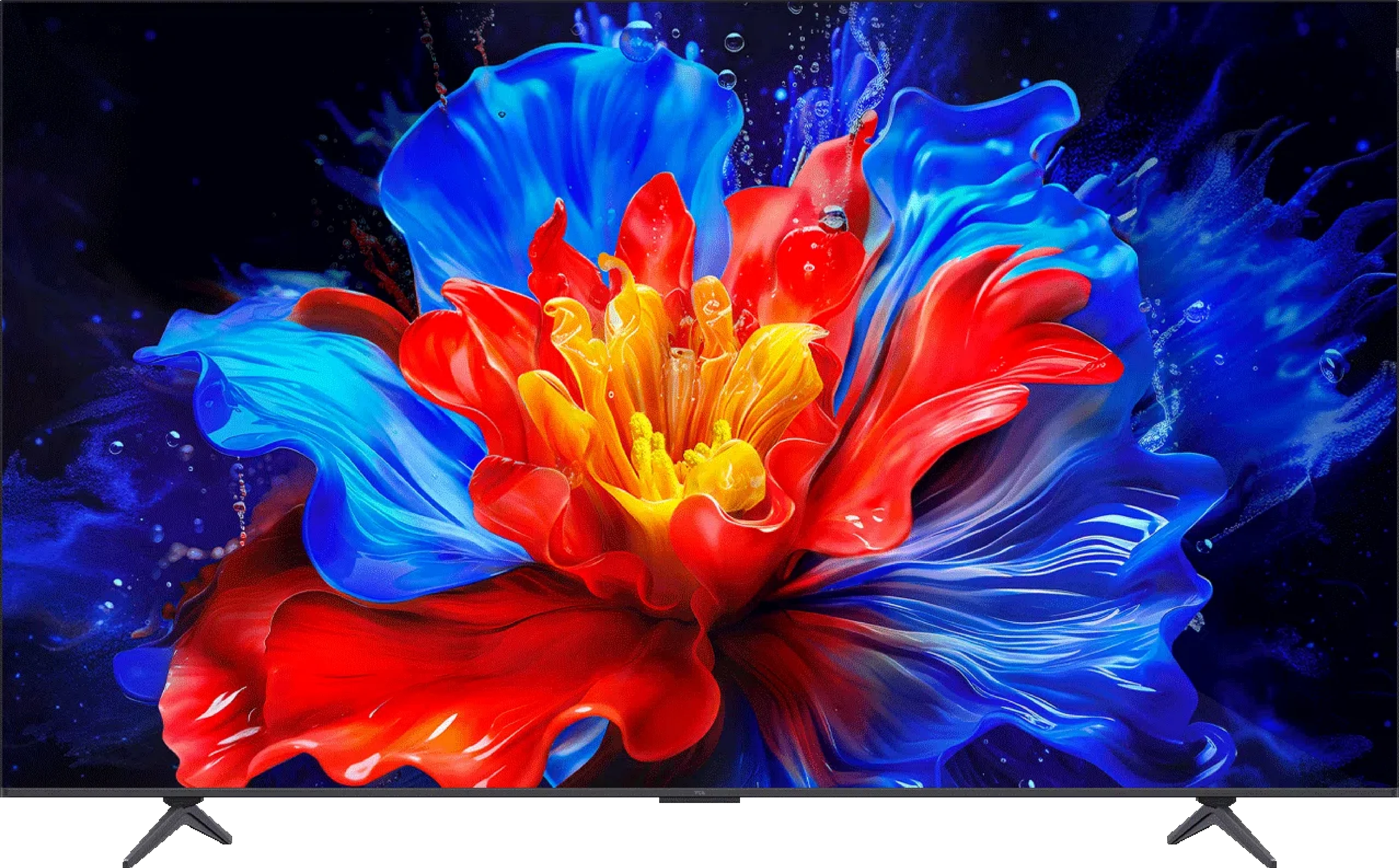
Panel type: LCD VA
Resolution: 3840x2160
System: Tizen
Model year: 2025
Complete the survey to find out the result

Panel type: LCD VA
Resolution: 3840x2160
System: Google TV
Model year: 2025
Complete the survey to find out the result

Overall rating
5.7
6.6
Movies and series in UHD quality
5.7
6.1
Classic TV, YouTube
5.6
6.0
Sports broadcasts (TV and apps)
4.8
6.1
Gaming on console
6.1
8.1
TV as a computer monitor
6.0
8.6
Watching in bright light
3.9
4.6
Utility functions
7.3
7.4
Apps
8.7
9.6
Sound quality
5.8
6.7
Complete the survey to find out what fits your preferences
Advantages
Solid native contrast (VA Panel)
Vivid colours thanks to the QLED filter
Low input lag (around 10MS)
Robust and smooth Tizen operating system
Compact sleek design with Type C charging
Good contrast thanks to the VA panel
Google TV system with a huge number of applications
Good motion smoothness. 144Hz panel
Great features for gamers: HDMI 2.1, VRR, 4K@120Hz, HGiG, Dolby Vision in games
Very good colour gamut coverage thanks to the PFS filter (QLED)
Very good compatibility with PC. 240Hz mode
Low input lag – gaming is smooth and responsive
Well-implemented HDR dynamic tone mapping feature. Despite low brightness: HDR content looks surprisingly good.
2.1 sound from Onkyo with a subwoofer – surprisingly good bass
Very attractive price
Disadvantages
Very low brightness (only 250 nits in HDR)
Lack of many gaming features including VRR and HGiG – the manufacturer promised something, but in the end, those features are simply not there
Lack of many classic "TV" features like USB recording or PIP
No Dolby Vision
Average digital image processing quality
Low brightness – around 250–300 nits
Very poor viewing angles
Average digital image processing
Incorrectly implemented Dolby Vision mode
System errors and cuts occur
Not very loud sound, volume limiter is active
Our verdict
The TCL P8K is a TV that immediately wins you over. It seems cheap, supposedly from a lower tier, but it can surprise you. This device shows that you can get a product with character at this price – and it's aimed at a specific group of users. Because let's be honest, the P8K is a television created with gamers in mind. Two HDMI 2.1 ports, VRR support, 4K at 120 Hz, HGiG, and even Dolby Vision in games – it sounds like something that could only recently be found in much more expensive models. Plus, it has a 144 Hz panel and can reach up to 240 Hz on PC. At this price? It's hard not to smile. Then there's Google TV, the system that breathes life into this screen. Everything works intuitively, with access to a huge library of applications and a responsive Google Assistant that actually understands what you're saying – even if you phrase it your way. Of course, it's not the perfect TV. Brightness of around 250–300 nits isn't impressive and probably won't make a mark in a sunny lounge. But just add an evening, a movie, and a bit of darker surroundings, and you'll find that this screen can do a lot. Thanks to dynamic tone mapping, the P8K handles HDR surprisingly well, and colours can look natural. In film scenes, there's no sign of a plastic, overexposed image – it's just pleasant. Let's not pretend this is a competitor to Mini LEDs or OLEDs – because that's not the point. The P8K / P89K is meant to be a TV that's simply enjoyable to use. And that's where its strength lies. For someone who wants to game, watch Netflix, fire up YouTube, and have it all in one simple device – it's a perfect hit. The TCL P8K shows that "cheap" doesn't have to mean "poor quality". It's a TV with character that doesn't pretend to be premium equipment, yet offers a lot. And maybe that's why it's so easy to like.
TV appearance
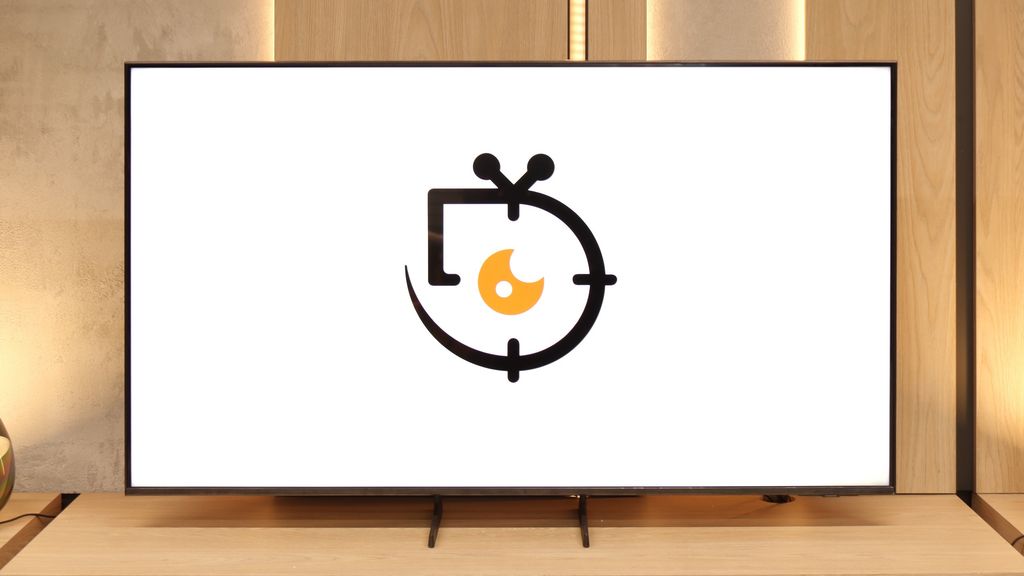
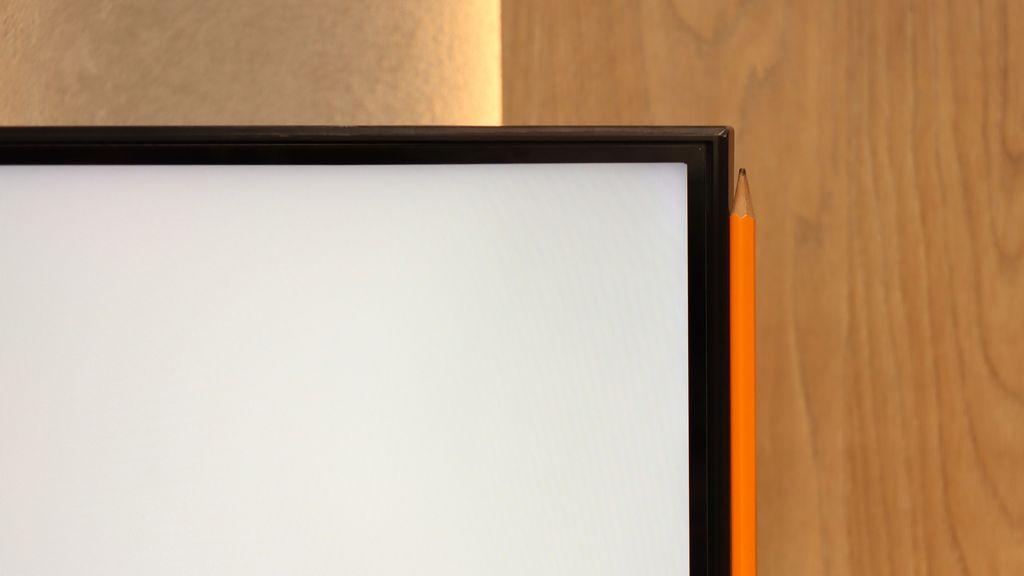
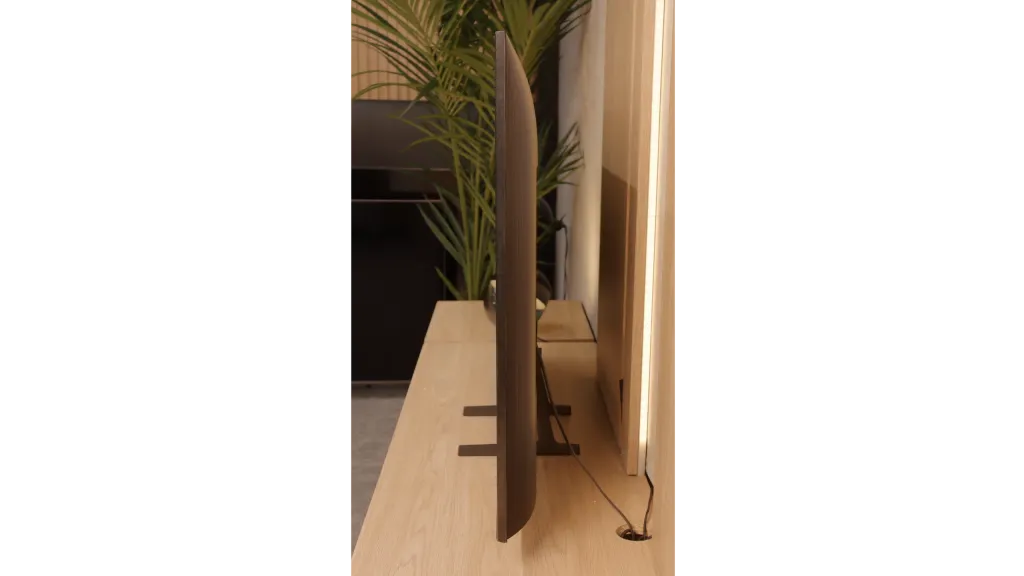
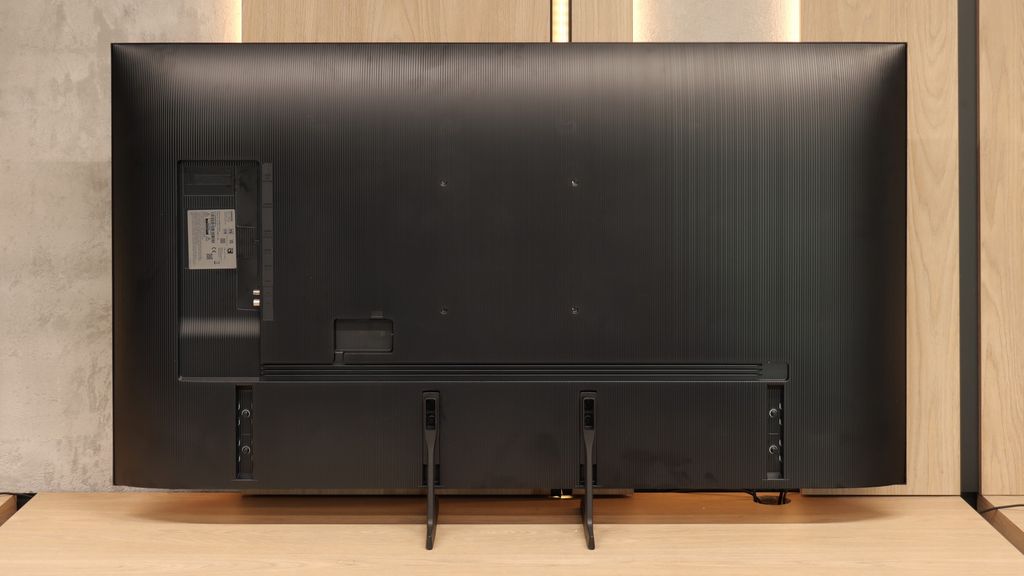
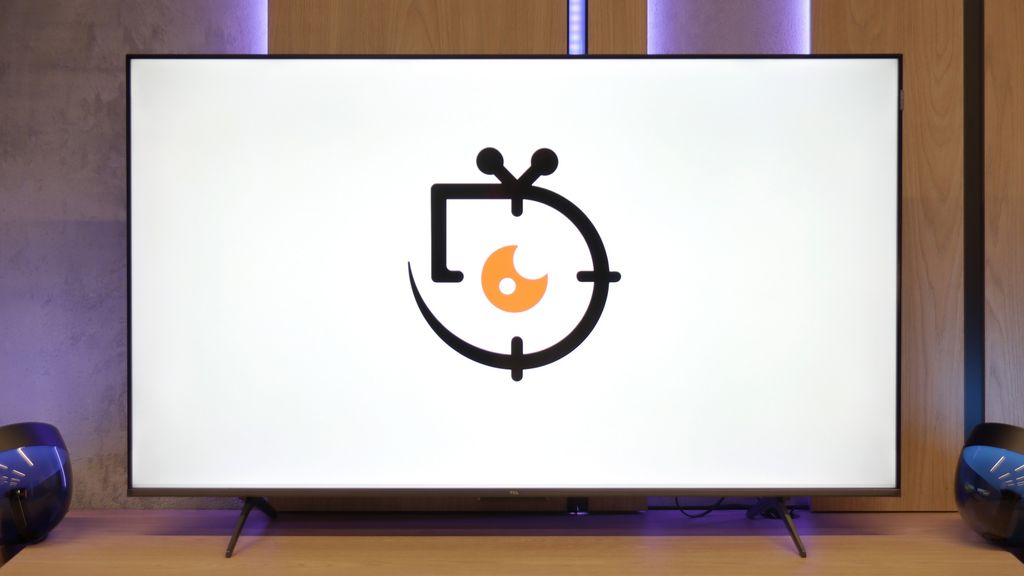
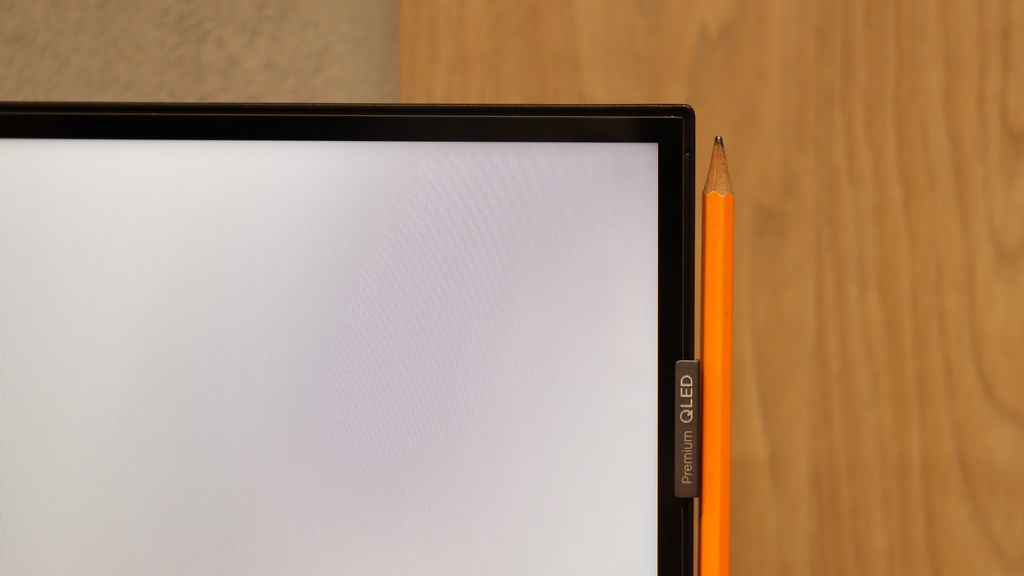
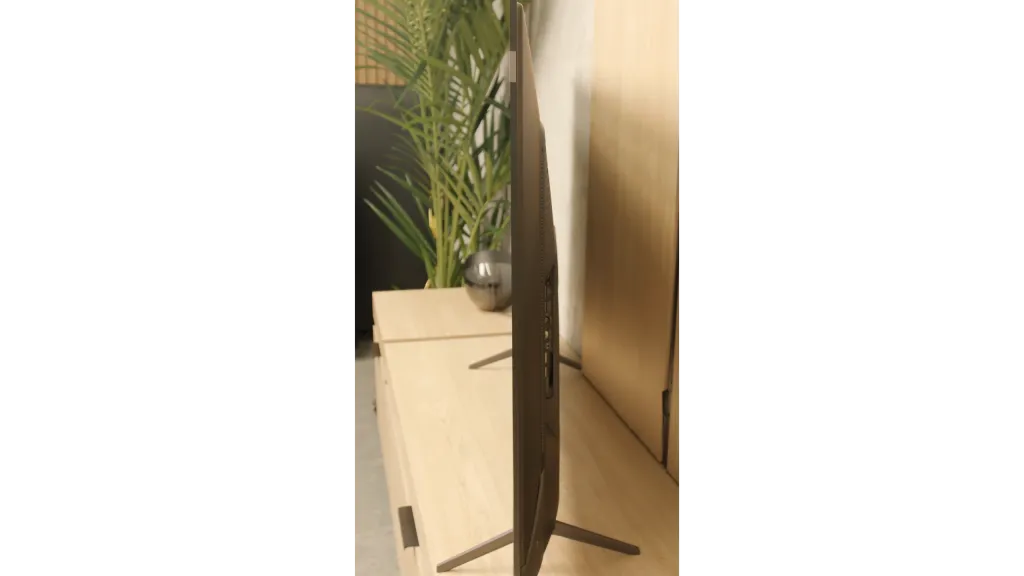
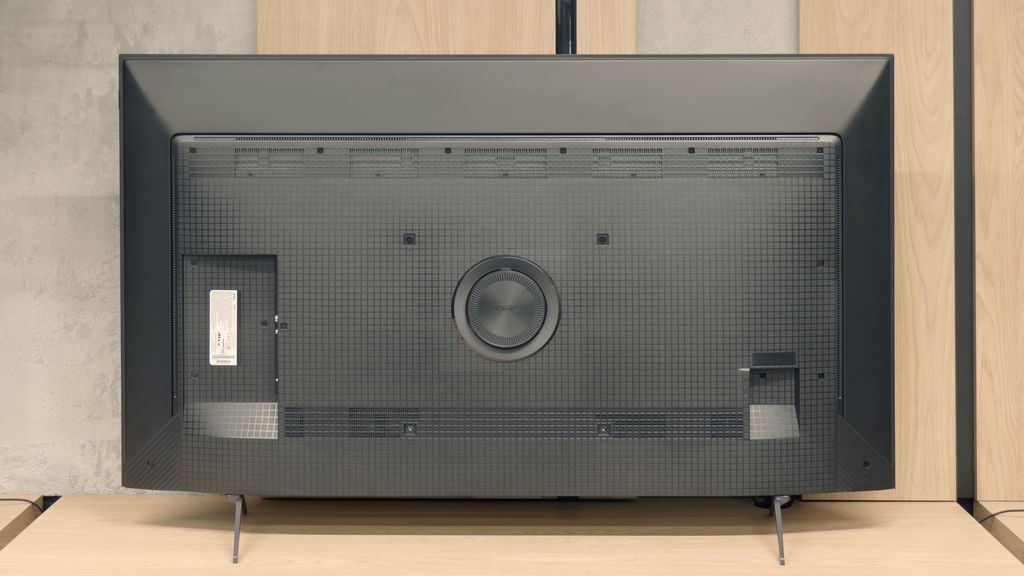
Contrast and black detail
4.7/10
5.5/10
Local dimming function: No
Local dimming function: No
Contrast:

Result
2,850:1

Result
2,750:1

Result
3,300:1

Result
3,050:1

Result
2,750:1

Result
5,650:1

Result
3,950:1

Result
5,700:1

Result
5,450:1

Result
2,600:1
Halo effect and black detail visibility:
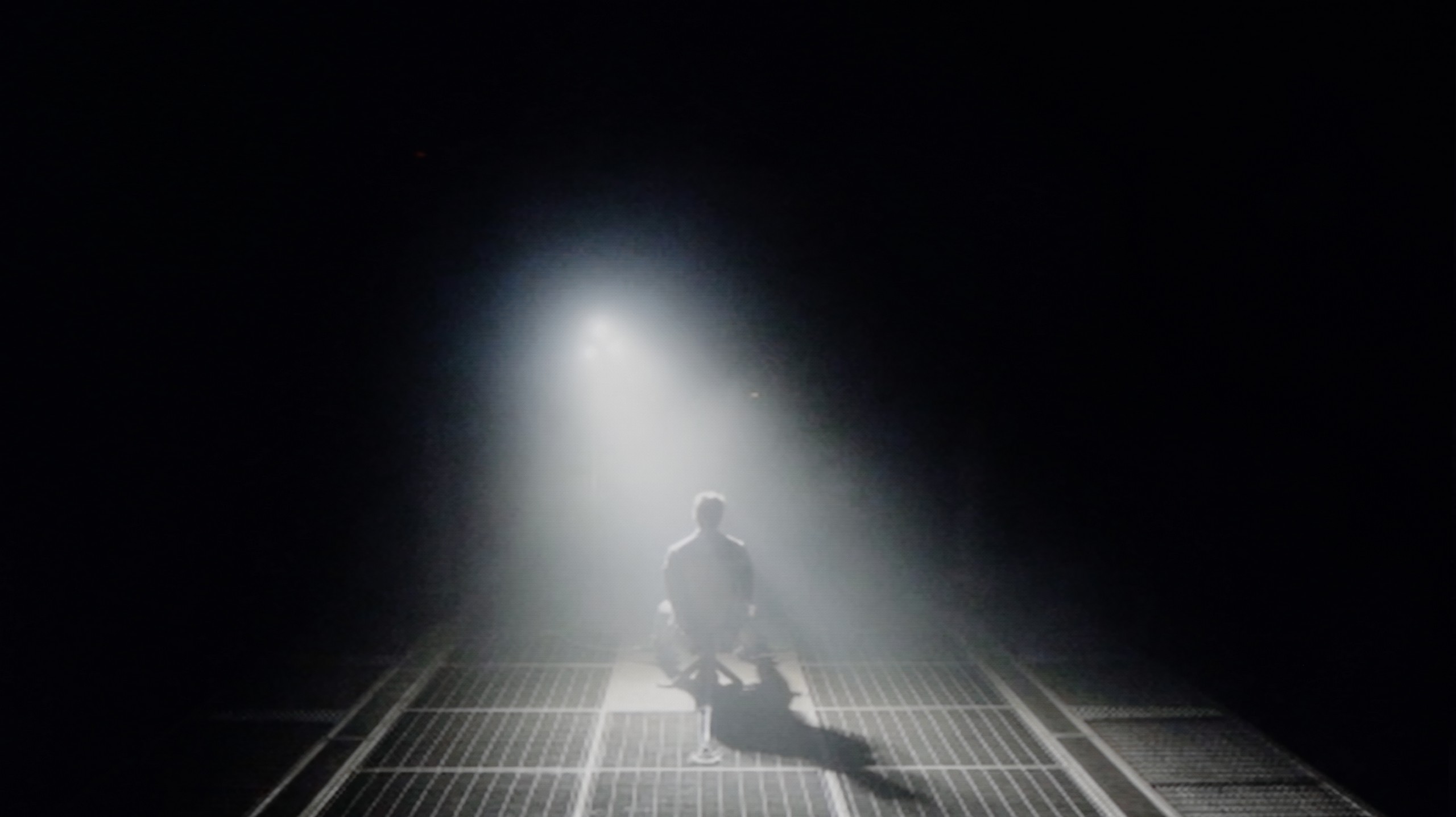
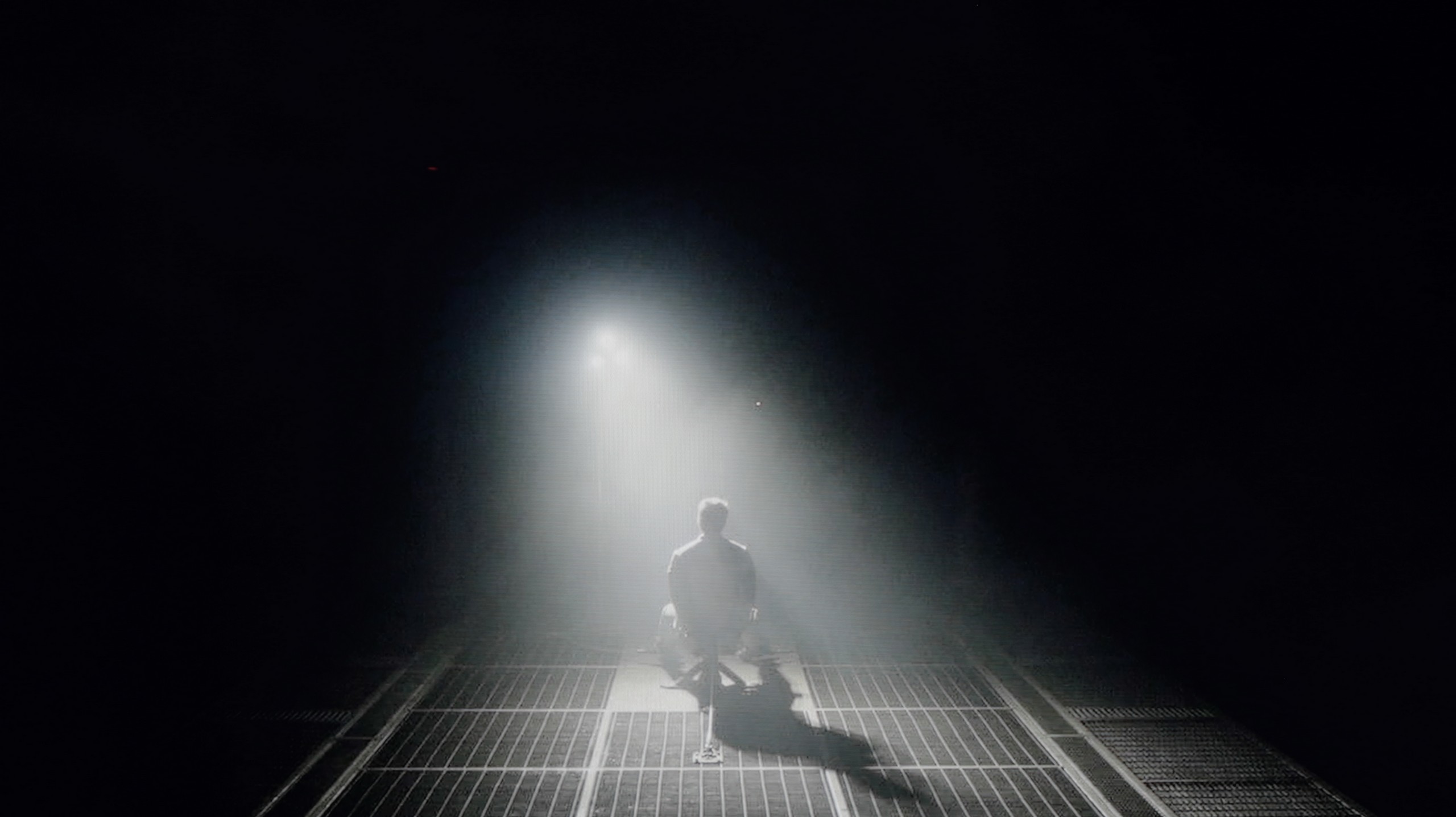
The Samsung Q7F in the 55-inch size we tested has a VA panel, which immediately translates to decent native contrast. Values around 3000:1 may not be record-breaking, as we know that VA panels are currently being produced with more than double the contrast, but it still performs much better than IPS or ADS panels, where black quickly turns into shades of grey or navy blue. Unfortunately, we won't find typical local dimming zones here, but the manufacturer has added something like global dimming – that is, dimming the whole screen relative to the content. The effect? In most scenes, black looks quite solid, although during nighttime viewing, we will still see that it resembles a dark navy or grey more than true pitch black. Overall, it's alright, but without any fireworks – it's not spectacular, but there's also no drama.
TCL P8K is an example of a television that shows that even in the lower range, you can still find solid contrast. The VA panel does a really good job here – a measurement around 6000:1 may not sound impressive, but in real scenes, it creates an effect that is simply pleasing to the eye. In the darkness of the forest in “The Revenant” or in the futuristic scenes of “Oblivion,” you can see depth and light separation that’s hard to expect from equipment at this price. The P8K can render darkness without the feeling that everything is drowning in grey. The Direct LED backlighting also works in its favour. Of course, there is no local dimming here, but the system can dim the whole screen when the scene requires it or slightly brighten it to bring out details in the bright areas. It's a somewhat analogue approach to contrast – simple but effective. This was well demonstrated on the test pattern from the legendary Pioneer Kuro: the television prioritised bright points, while the background lost some depth, yet it still retained a decent appearance. Of course, there is no perfectly jet-black here. In a dark room, you can see that the black leans towards navy, but despite that, the overall presentation is just good. In normal home conditions, the contrast is more than enough to feel the cinematic atmosphere.
HDR effect quality
3.7/10
4.5/10
Luminance measurements in HDR:

Result
215 nit

Result
225 nit

Result
267 nit

Result
113 nit

Result
250 nit

Result
207 nit

Result
238 nit

Result
313 nit

Result
251 nit

Result
299 nit
Scene from the movie “Pan” (about 2800 nits)


Scene from the movie “Billy Lynn” (about 1100 nits)


Static HDR10


Dynamic: HDR10+
Dynamic: Dolby Vision


HDR luminance chart:
TCL P89K / TCL P8K
HDR luminance
Samsung Q7F
HDR luminance
Unfortunately, the Samsung Q7F is not one of the bright televisions, which directly impacts the quality of HDR films. The peak brightness of the panel is only around 250 nits, which is definitely insufficient for claiming a true cinematic experience. In practice, the HDR content does not differ significantly from classic SDR, making it difficult to talk about any "wow effect" that usually accompanies us when watching such films. During testing of film scenes, the image simply looked dark, and the brightness almost always hovered around the aforementioned 250 nits. The worst performance came from shots with small, intensely glowing elements – the global dimming technique used reacted very aggressively in those cases, dimming the entire screen to maintain the black effect. However, it is worth noting the presence of a QLED coating that broadens the colour spectrum. For a budget QLED model, the Q7F performs quite decently here: the DCI-P3 colour gamut coverage is around 93%, and BT.2020 reaches 70%. This means that despite the low brightness, the colours can still look quite vivid and attractive.
The maximum brightness of the TCL P8K peaks at around 300 nits, although in real film scenes the television typically maintains closer to 250 nits. These are values that cannot be considered sufficient to achieve a true HDR effect – they are more aligned with a solid base for SDR content. Therefore, we won’t see spectacular flashes, bursts of light, or moments where the screen actually “blinds” as is the case with more expensive models. The image is consequently a bit flat, and the differences between light and shadow – more symbolic than realistic. Fortunately, TCL has a few aces up its sleeve that save the overall impression. One of these is the coverage of the DCI-P3 colour gamut at around 93-94%. Thanks to an additional QLED layer (PFS LED), colours gain depth and intensity, clearly surpassing standard LCD panels. As a result, while the typical “wow effect” associated with HDR brightness is lacking, the image itself can impress with its richness and vibrant tones, making the film scenes pulse with colour and not appear significantly washed out.
Factory color reproduction
5/10
5.4/10


Factory Mode
After calibration
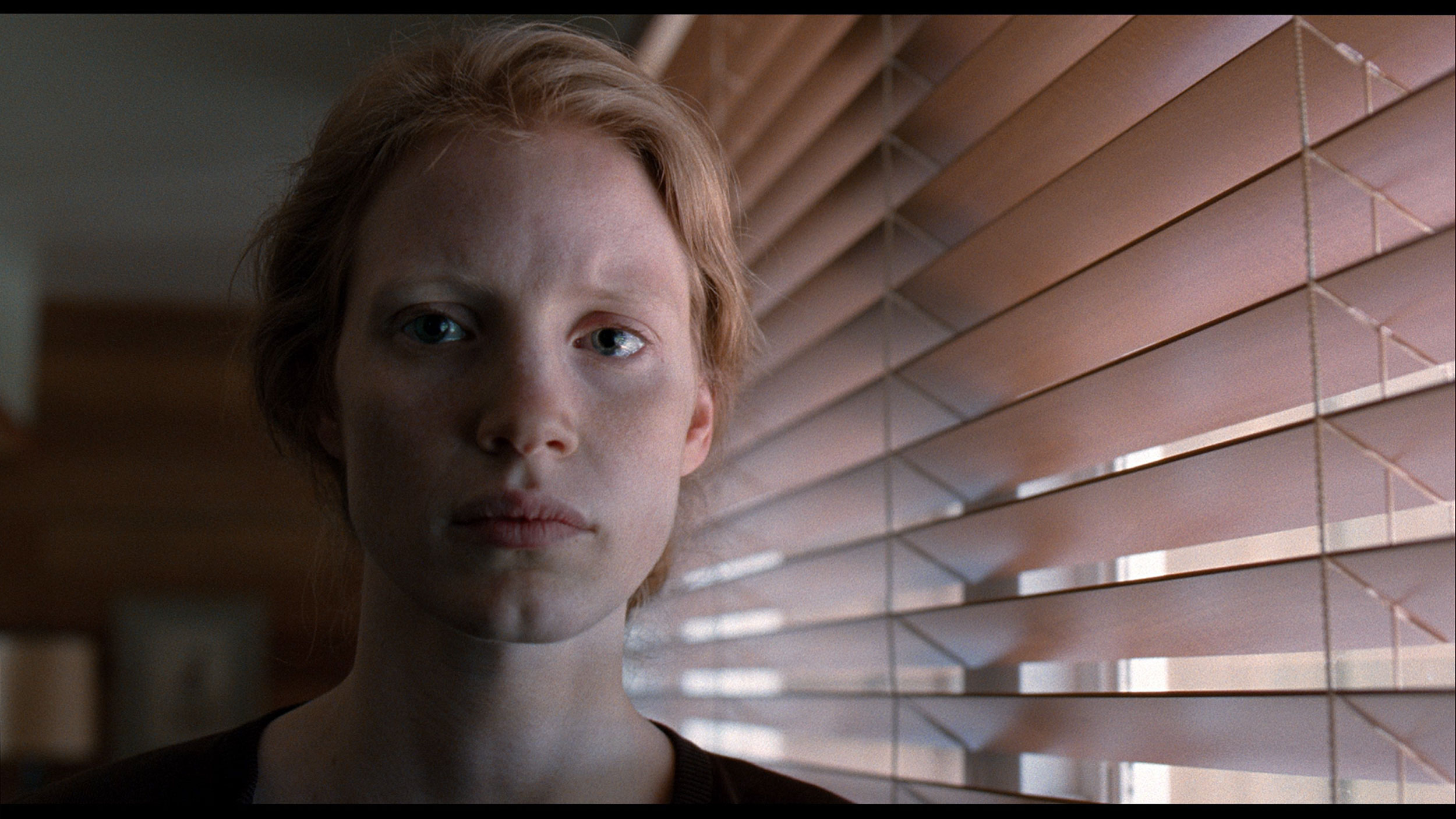
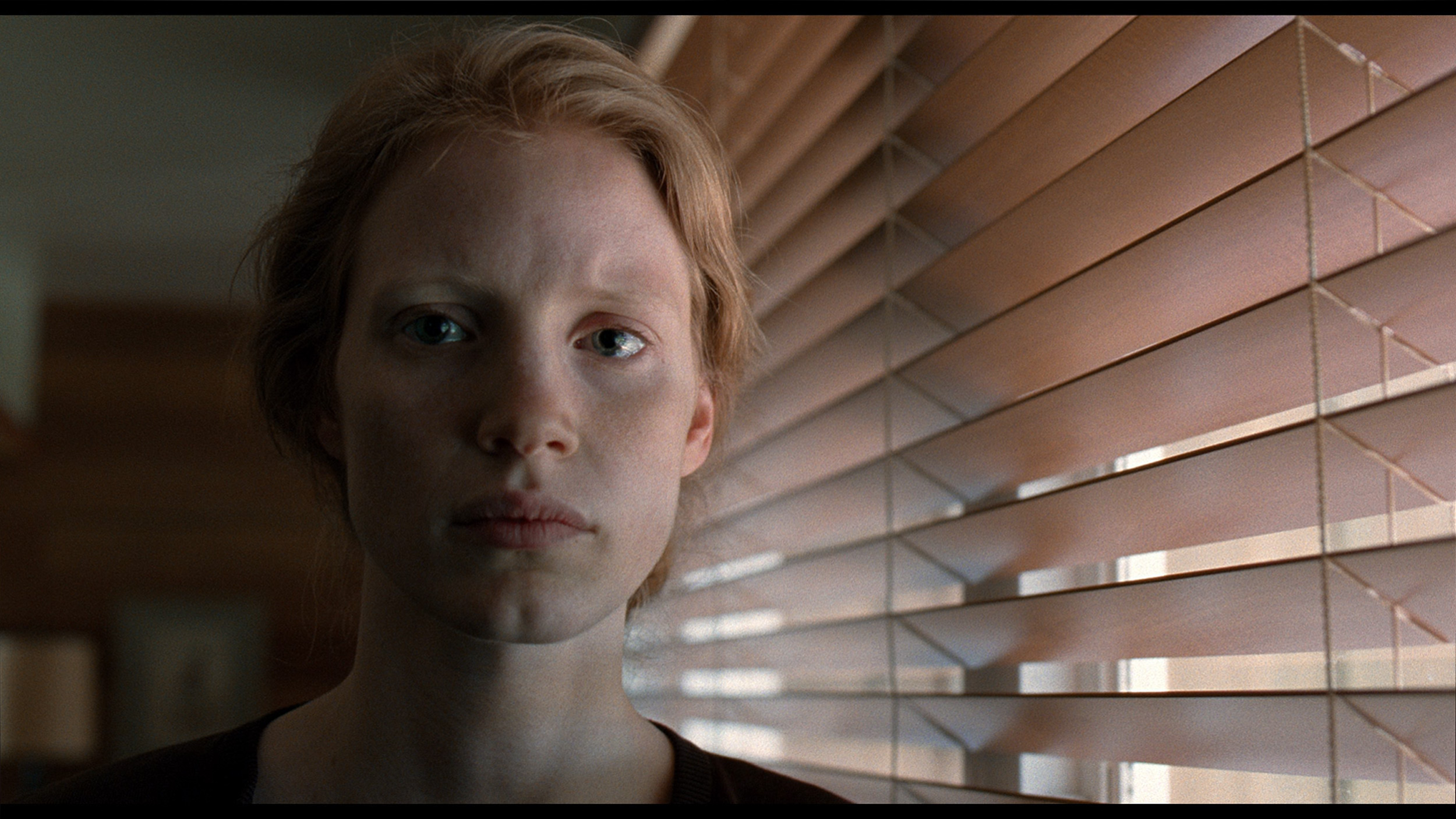
Factory Mode
After calibration
The reproduction of factory colours in the Samsung Q7F is definitely not one of its strong points. In Filmmaker mode, which theoretically should be closest to neutral, the white balance issue is immediately noticeable. There’s too much red on the screen, while blue is lacking. The effects are very easy to notice – white, instead of being neutral, takes on warm, almost slightly orange tones. In the long run, this makes the entire image appear a bit unnatural, while bright areas of the scene can seem unrealistic. The problems are even more evident in HDR content. The charts show that the TV has significant errors in the Color Checker palette, which results in visible inaccuracies in the real image. In practice, this means that colours are not presented as they should be. The Q7F also heavily manipulates brightness; darker elements are overly boosted, causing them to lose their cinematic feel, while bright parts can be dimmed. This makes the image seem flattened, and contrast, instead of helping to bring out details, only highlights its own limitations. In HDR materials, this is particularly frustrating because every detail matters. In scenes where a subtle play of light and shadow should be felt, the Q7F either overdoes the lighting or, conversely, suppresses elements that should attract the eye. This causes the image to lose its depth, and instead of cinematic realism, we have a rather simplified effect.
In Filmmaker mode, the TCL P8K revealed certain imperfections in image reproduction from the start. We noticed that the TV had a tendency to slightly brighten scenes – its gamma was somewhat lowered, which made the image appear softly "washed out," lacking depth, as if the contrast had slipped out of control. This was most noticeable in HDR content, where the EOTF brightness curve clearly deviated from reference values. As a result, darker areas of the image looked too gloomy, and brighter ones did not always reach the correct level of luminance. The second noticeable issue was a slight blue overdrive – the TV stubbornly boosted this colour, causing some parts of the image, especially skin tones and reds, to have a slight purple tint. It is not a major flaw, but to a discerning eye – noticeable. Fortunately, most of these errors could be adjusted during calibration. You can see the results of this calibration in the charts and photos below.
Color reproduction after calibration
7.6/10
7.5/10

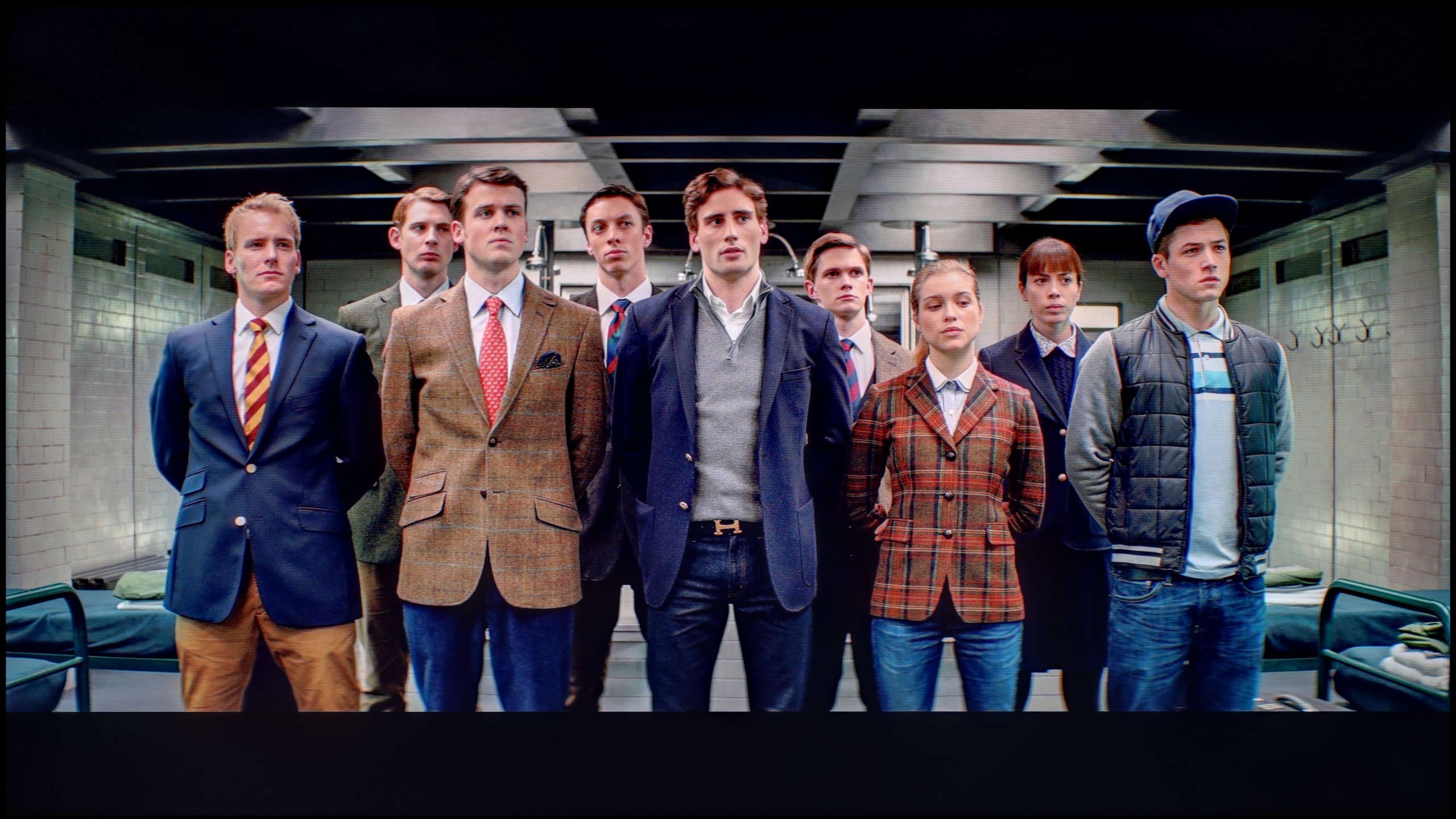


After professional calibration, we managed to bring the Q7F to order – at least in terms of SDR content. The image in this mode looks really good: the white balance has been set correctly, the colours appear natural, and the errors in the colour palette have dropped to levels practically invisible to the eye. Gamma behaves exemplary, and the only minor flaw remains a slight lightening of smaller elements, which stems from the lack of local dimming. For everyday watching of television or films in standard quality, the Q7F performs surprisingly well.
It was significantly more challenging to tame HDR content. Despite adjusting the white balance, the television still heavily manipulates brightness, causing scenes to appear unnatural – what was meant to be subtly darker can sometimes be overly bright, and the bright parts of the image can occasionally be dimmed. The final effect is better than in factory settings, but it’s clear that the construction limitations of the Q7F do not allow for fully utilising the potential of HDR materials.
After calibration, the TCL P8K revealed a completely different side. It managed to achieve nearly perfect, even reference-level colour reproduction for both SDR and HDR content. The screen no longer had a tendency towards a cool tint, and the white balance was perfectly aligned. The gamma values for SDR materials finally look as they should – the image has the right depth and no longer appears washed out. The only concern that can still be raised about the P8K pertains to its "Chinese" traits, known from most TCL models. The TV still likes to manipulate saturation in HDR content in its own way – sometimes it gently boosts it, other times it smooths it out, making the effect not always fully predictable. Nevertheless, after calibration, the colours look stunning, and their accuracy is truly impressive. In most cases, measurement errors dropped below values of 1–2, which is a performance that much more expensive models would not be ashamed of.
Smoothness of tonal transitions
9/10
9.1/10












The fluidity of tonal transitions in the Q7F is really quite good. The gradients are smooth, without harsh steps or artificial divisions that can be quite noticeable in cheaper TVs. Even in more challenging scenes, like the one from The Revenant or the red shot with the actor swimming in water, the picture maintained its quality and simply looked good. If someone is looking very closely, they might notice slight imperfections in extremely demanding moments, but they are subtle enough that most people won’t even notice them. Given this price range, the Q7F performs surprisingly well in terms of gradation, and it's hard to find anything serious to complain about.
The television excels at colour blending – gradients are smooth, free from visible bands or unpleasant jumps. This is best seen in classic test scenes, like shots from the film Kingsman or The Martian, where most televisions reveal their weaknesses. The P8K maintains consistency and subtlety of hues, creating an image that is pleasant and natural to behold.
Minor imperfections only emerge in extremely dark shades or on grey palettes – this is the point at which even significantly more expensive models start to struggle. However, in everyday viewing, this is of no consequence. Overall, the TCL P8K does an outstanding job of colour blending, offering an image that is fluid, harmonious, and free from artifacts.
Image scaling and smoothness of tonal transitions
5/10
6/10
Smooth transition function
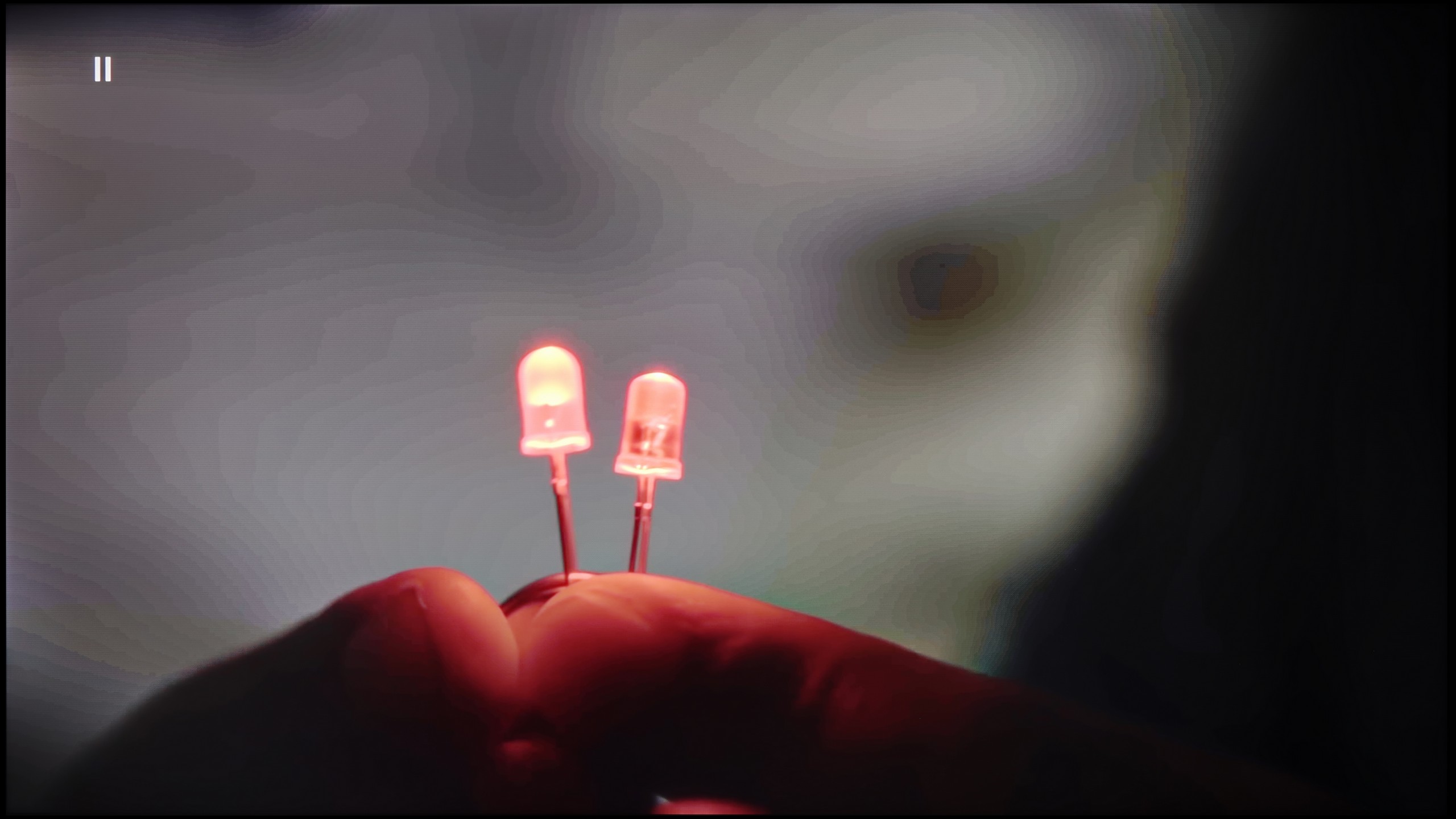
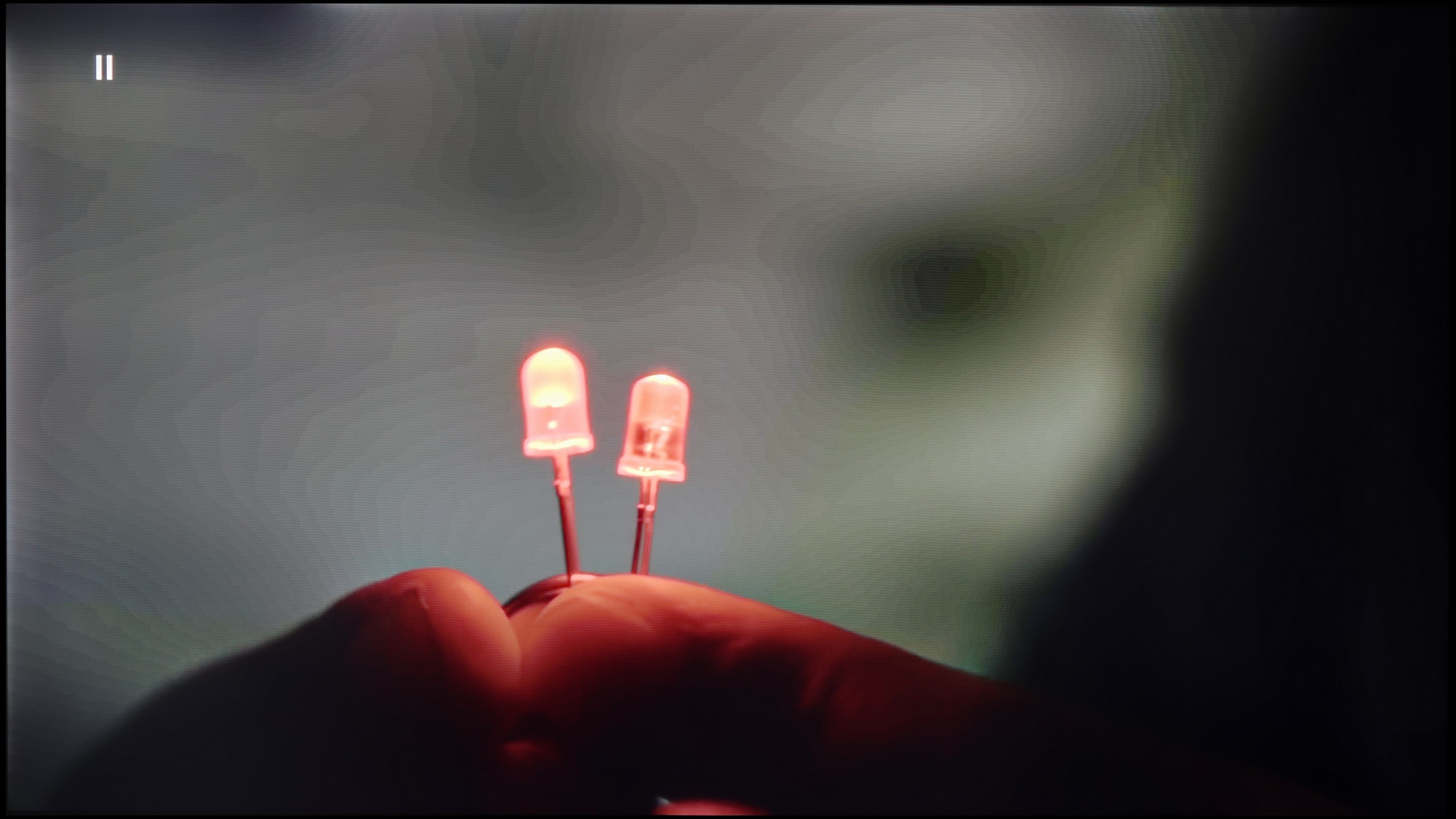
Image without overscan on the SD signal
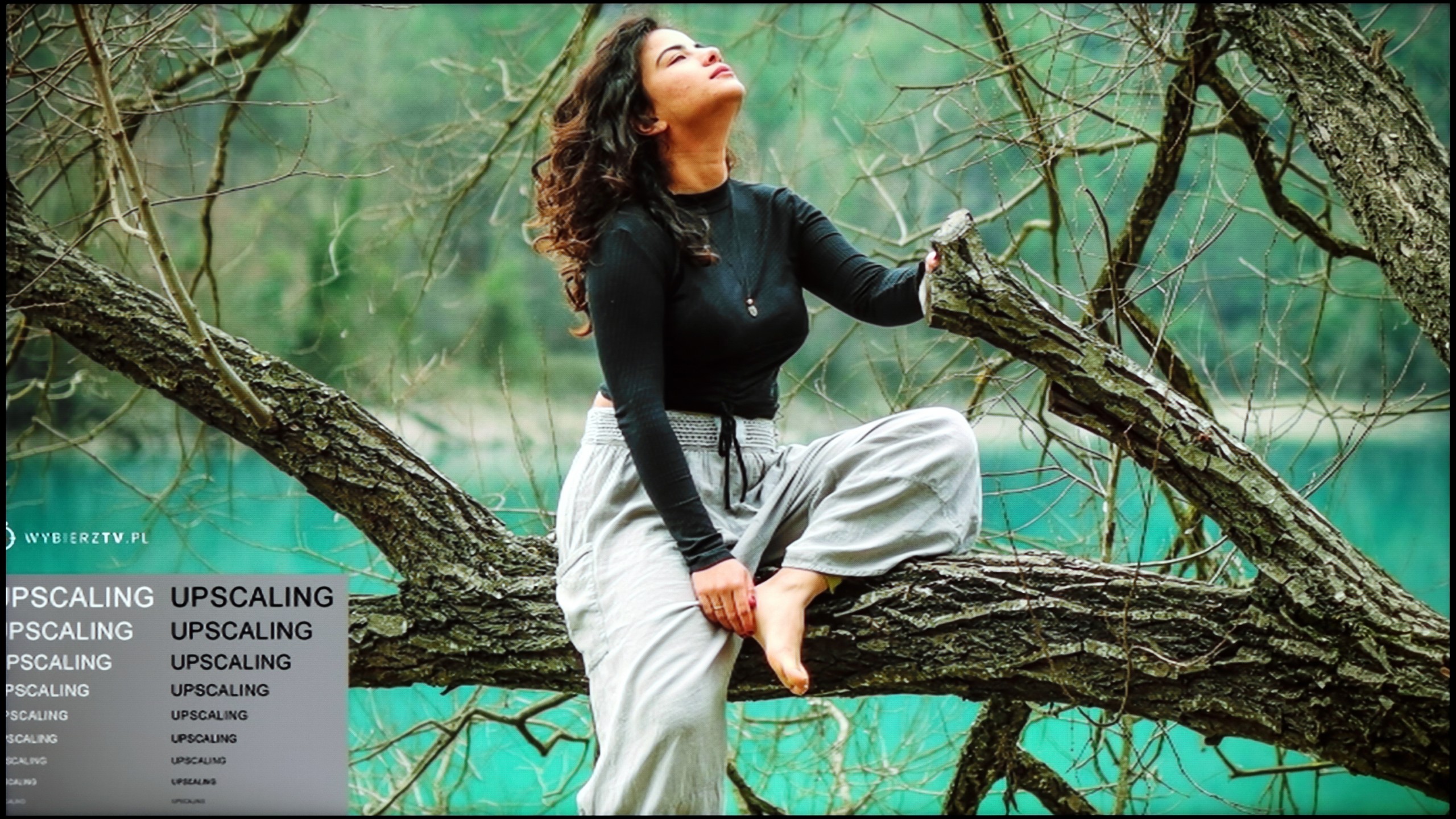

Upscaling and digital image processing in the Q7F is a bit of a rollercoaster. On one hand, we have really nice upscaling – weaker sources look better than you might expect. The image becomes clearer, sharper, and even older films or free-to-air TV hold up well. Samsung has been strong in this area for years, and the Q7F confirms that. On the other hand… things start to get tricky. The TV has a problem with overscan – part of the image is simply cut off, and it doesn't look very elegant. Additionally, we were let down by a feature called "noise reduction," which should improve the smoothness of tonal transitions in weaker materials. In other Samsungs, it works relatively well, but here it practically makes no difference – the banding in gradients is still there. It's a bit of a shame because we expected more from a model that is aimed at users looking for a display for SDR content.
The TCL P8K performs somewhat weaker when it comes to the fluidity of tonal transitions in lower quality materials. The television does offer a feature to smooth out unwanted bands, but its effectiveness leaves a lot to be desired. Even at the highest setting, it's hard to speak of a real improvement—at times, the effect is even opposite to what was intended, as the feature can introduce small artifacts and unnatural blurring on the screen.
On the other hand, the upscaling, which involves scaling the image to 4K resolution, looks definitely better. The P8K handles this task surprisingly well—HD content, and even SD, is enhanced in an aesthetically pleasing way without excessive loss of sharpness. There are indeed slight “hard” edges typical of this class of equipment, but this can be easily adjusted using the sharpness slider according to personal preferences. The final effect is more than satisfying, especially considering the price range this model is in.
Blur and motion smoothness
4/10
7.1/10
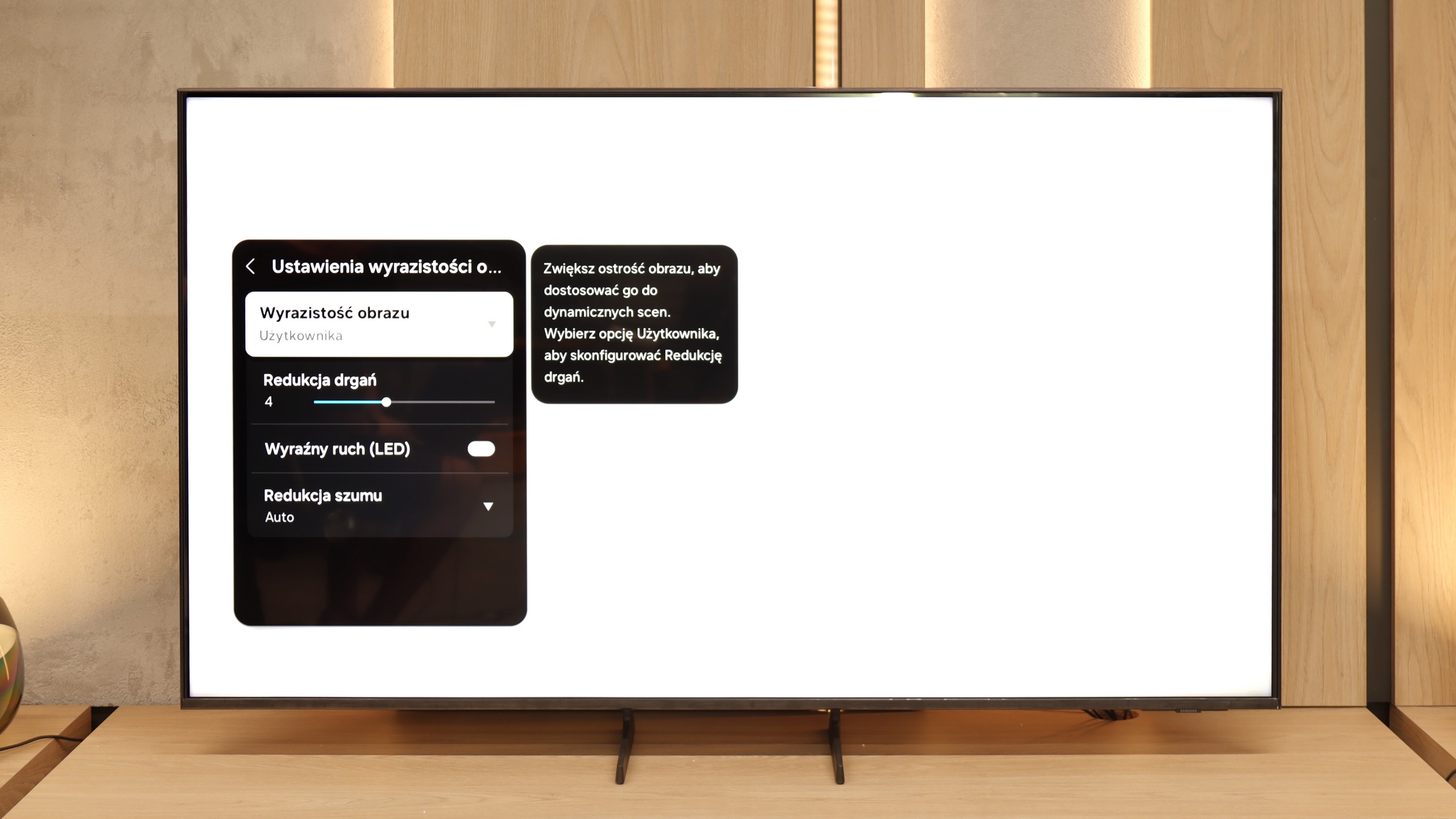
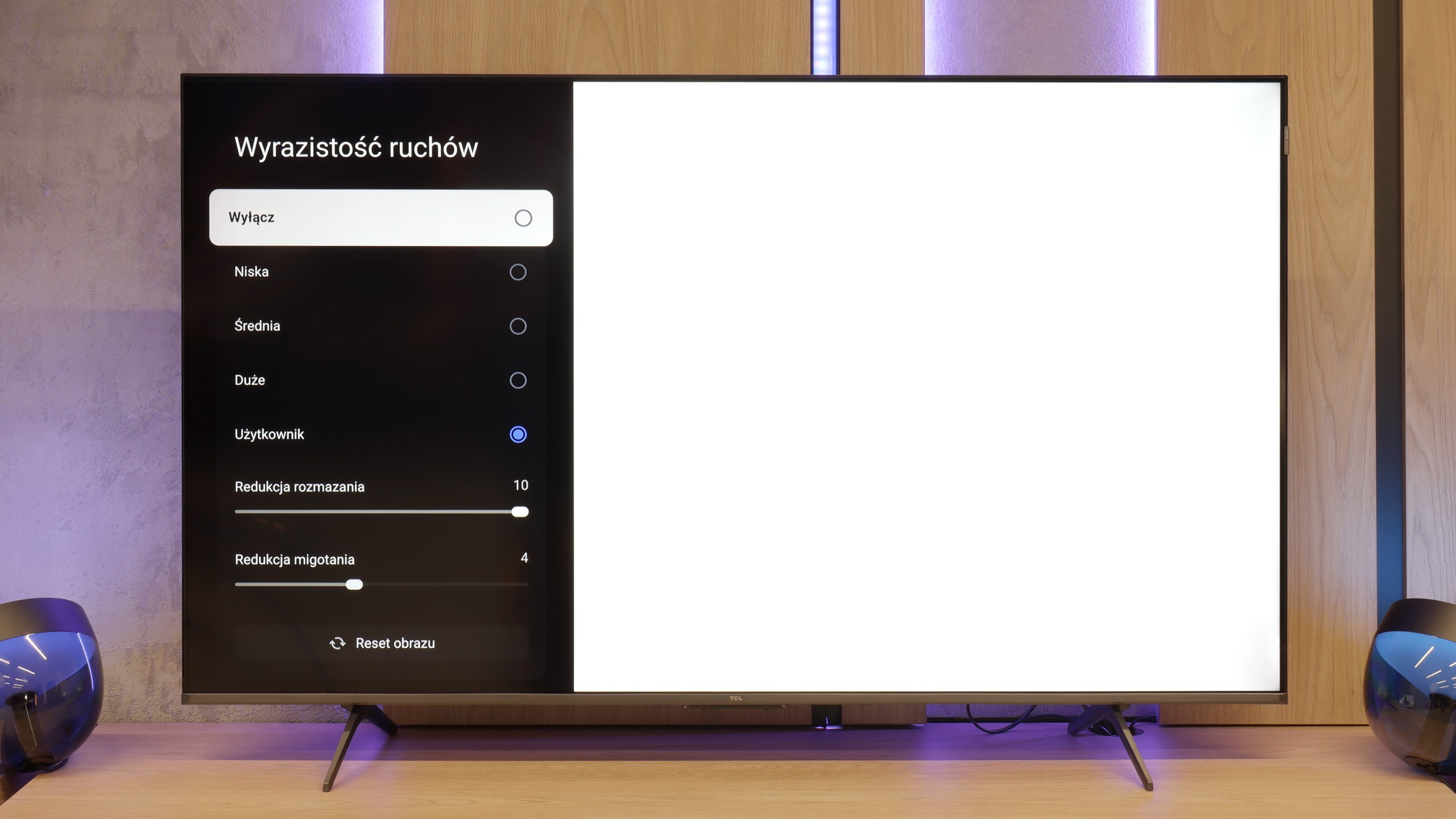
Blur (native resolution, maximum refresh rate):
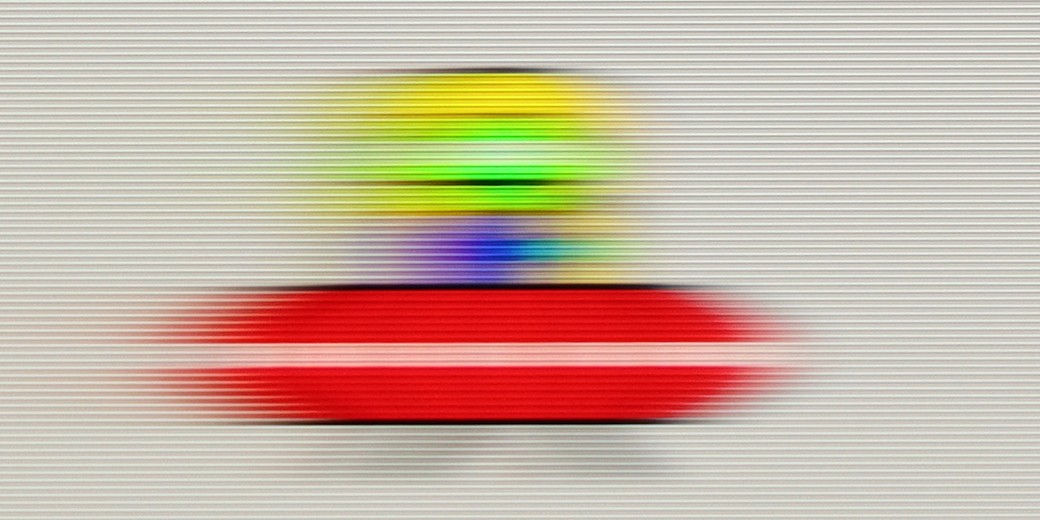
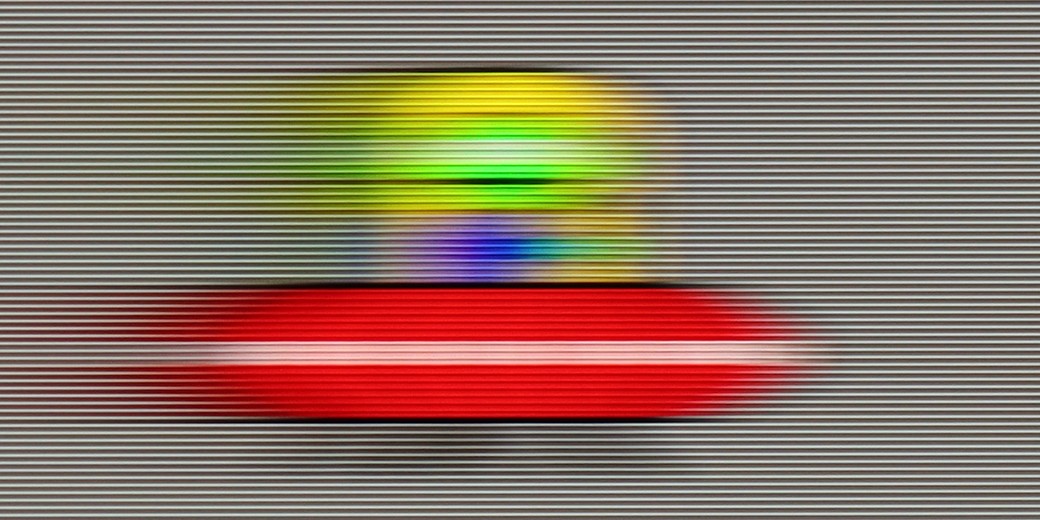
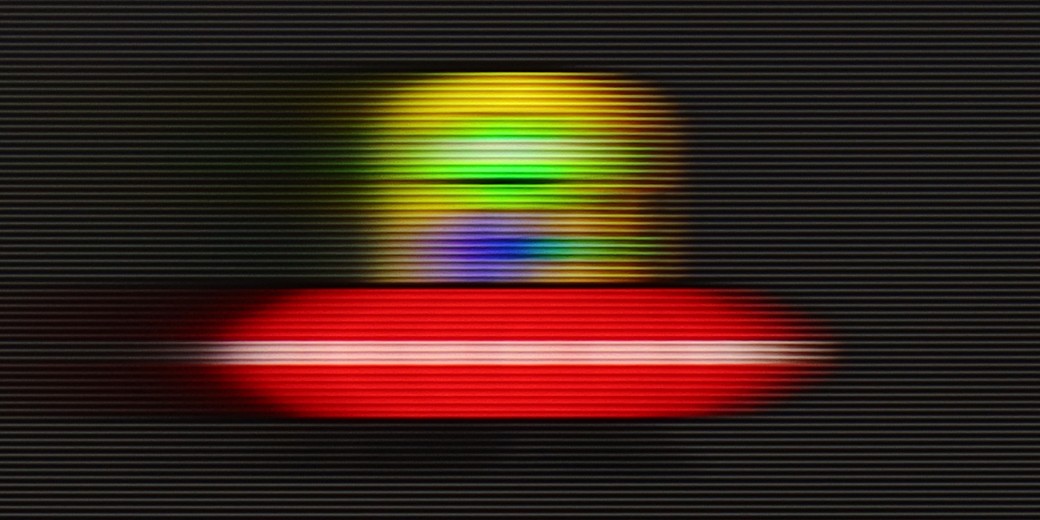
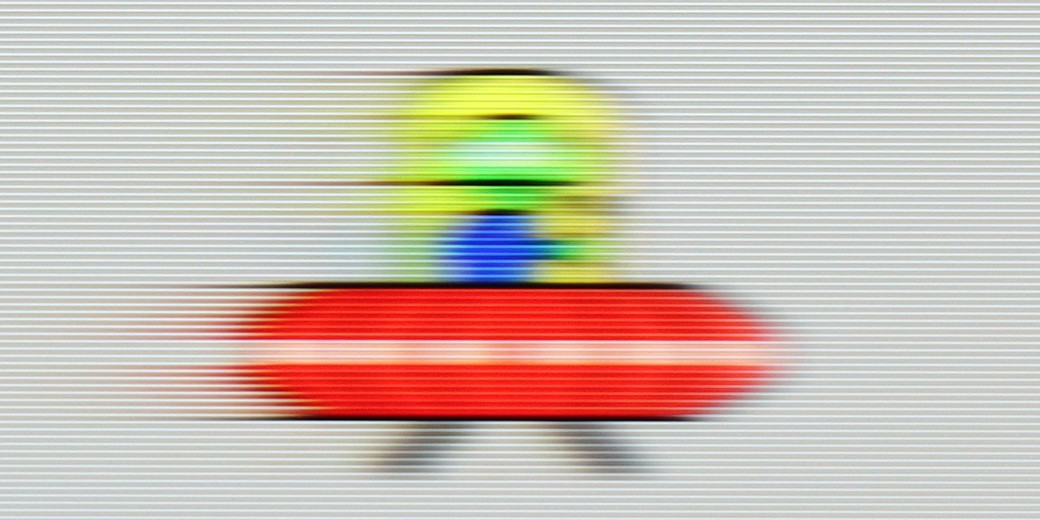
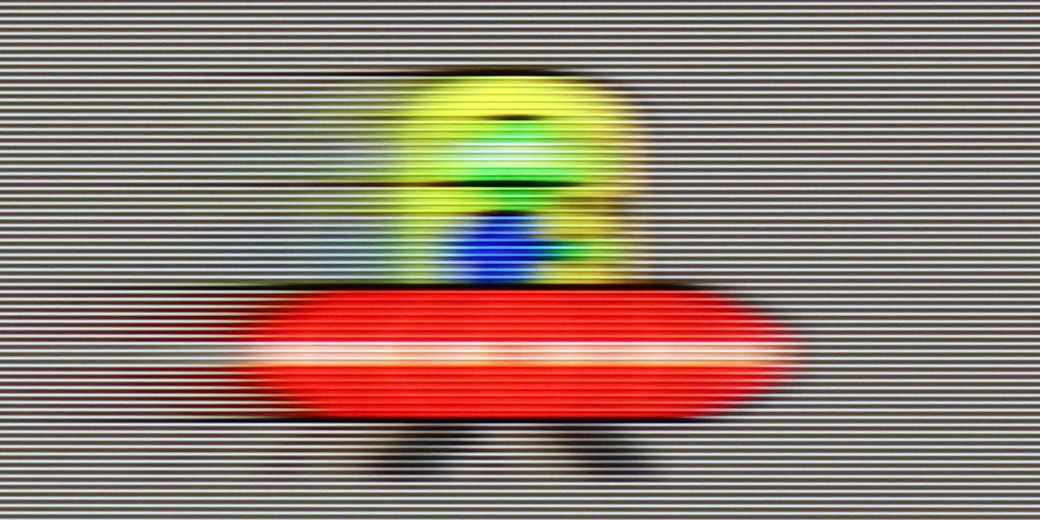
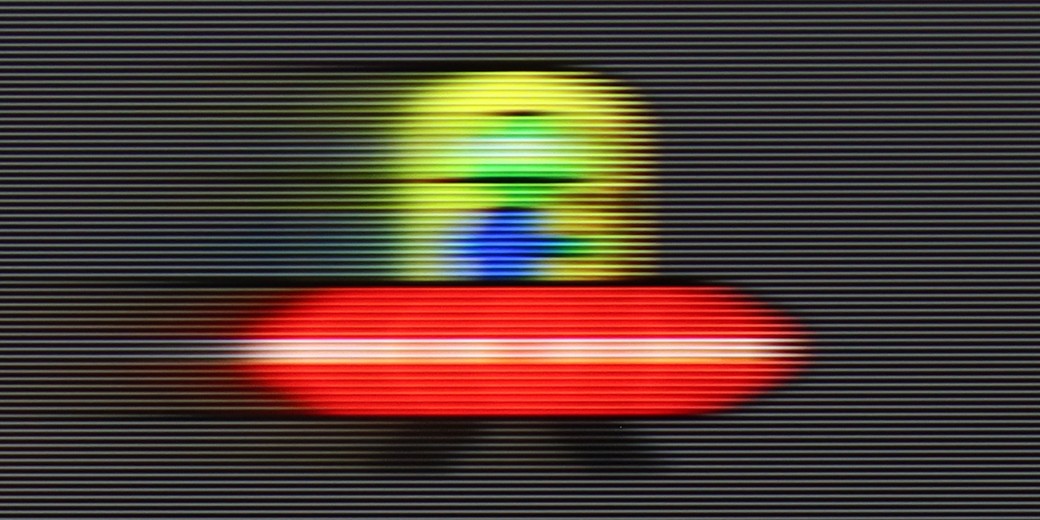
Blur (BFI function enabled):
Image flickers in this mode



Smużenie ():
Smużenie (4K@144Hz):
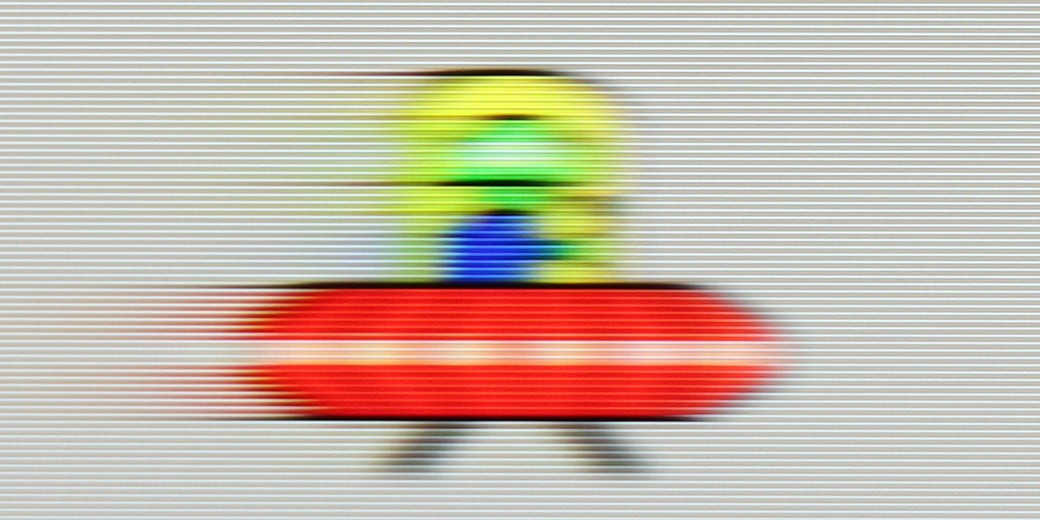
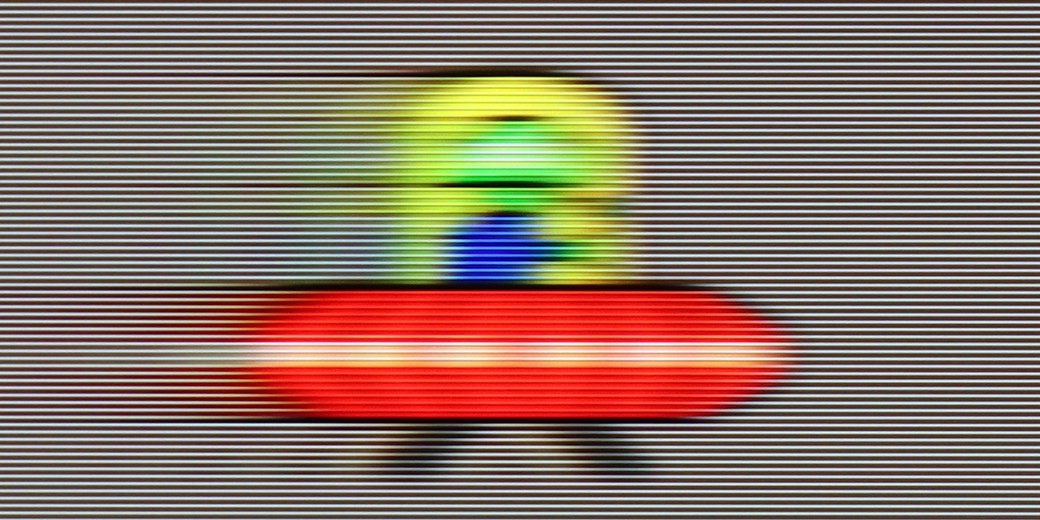
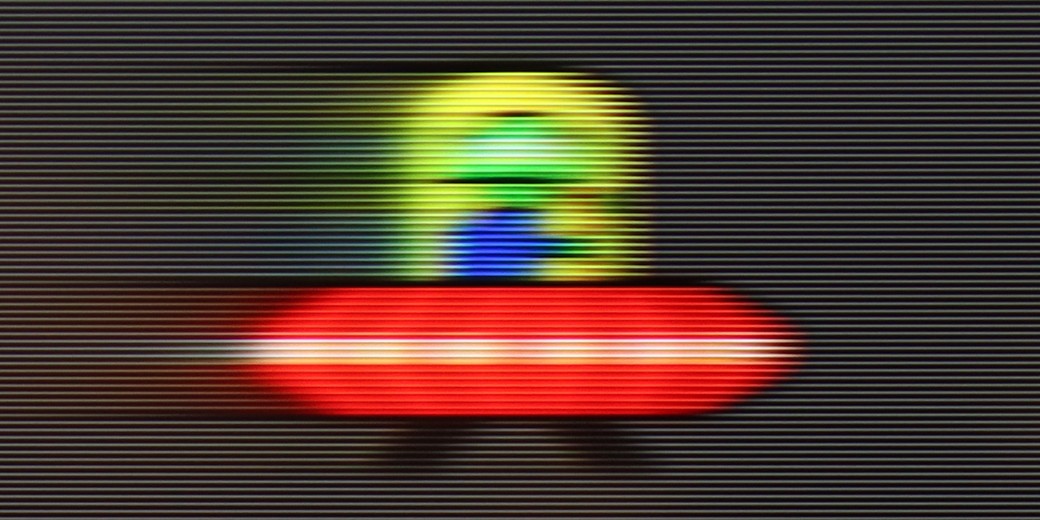
Motion blur and motion fluidity in the Q7F is probably the most budget-friendly aspect of this television. The 60 Hz panel makes the motion blur quite noticeable, especially in dynamic scenes, and it's rather hard to consider this model as equipment designed for watching sports or playing fast-paced games. In tests with the little green man, there was a long trail, similarly, the ball in a football match would leave behind streaks.
On the positive side, the presence of motion smoothing is worth noting. In films, it really makes a difference – especially since most materials are recorded in 24 frames. Here we can decide whether we prefer a more "cinematic" image, with a slight judder typically found in cinema, or a smoother, more “TV-like” one. This actually works quite well and helps improve the viewing comfort for series or movies.
TCL P8K is one of the cheapest televisions offering a 144 Hz refresh rate, which in itself is a significant advantage in this price segment. Thanks to the fast panel, this model can confidently be recommended to both sports fans and gamers – the image is smooth, and the movements of the ball or dynamic actions look natural. However, this does not mean that the P8K is suitable only for sports. On the contrary – it can also maintain the right dynamics in movies without introducing an artificial 'theatrical' effect, as long as the settings are adjusted thoughtfully. The television is equipped with a motion smoother called 'Motion Clarity', which features two sliders: blur reduction and flicker reduction. The first is responsible for smoothing the image by generating additional frames, which increases fluidity but can cause a slight soap opera effect. The second, on the other hand, reduces flicker and improves sharpness in motion, although it may slightly dim the screen. Properly adjusting these two parameters allows for a truly good balance between natural motion and fluidity. The 60 Hz screen is good for dynamic content, though more discerning users will notice that it is not a top-tier panel in terms of motion clarity.
Console compatibility and gaming features
3.3/10
9.8/10
- ALLM
- VRR
- VRR range48 - 240Hz
- Dolby Vision Game Mode
- Correct implementation of HGIG
- 1080p@120Hz
- 1440p@120Hz
- 4K@120Hz
- Game bar
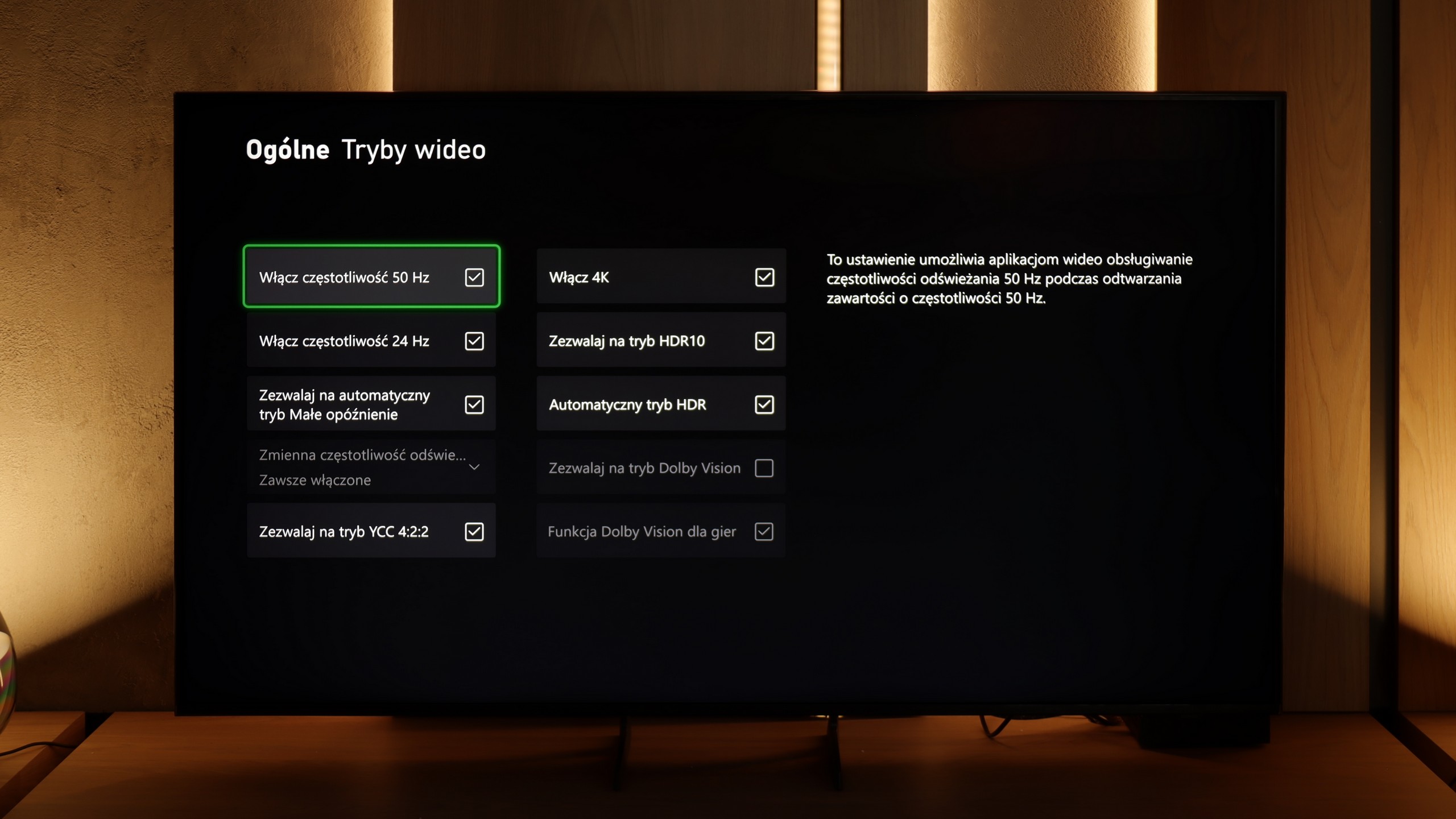
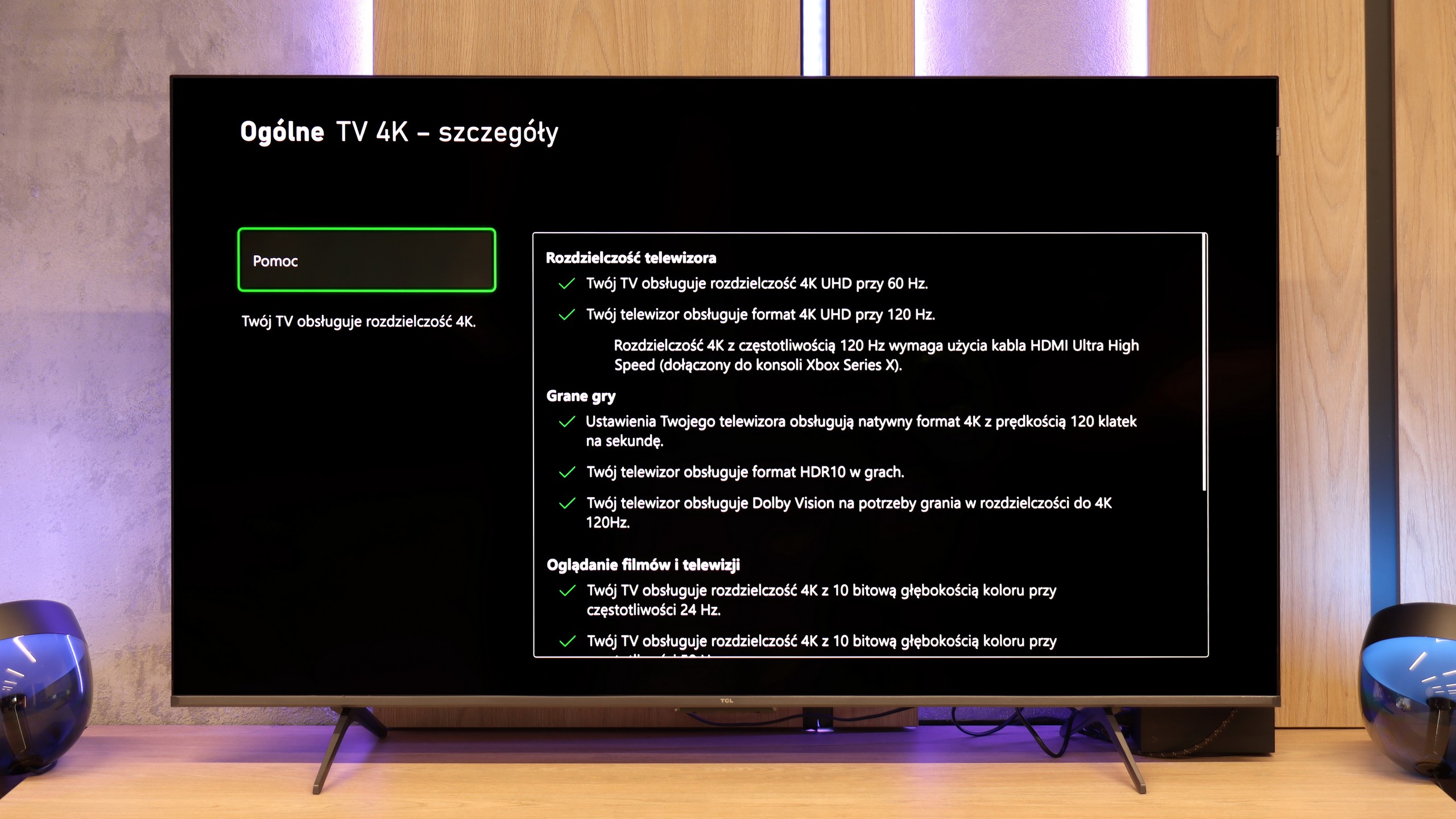
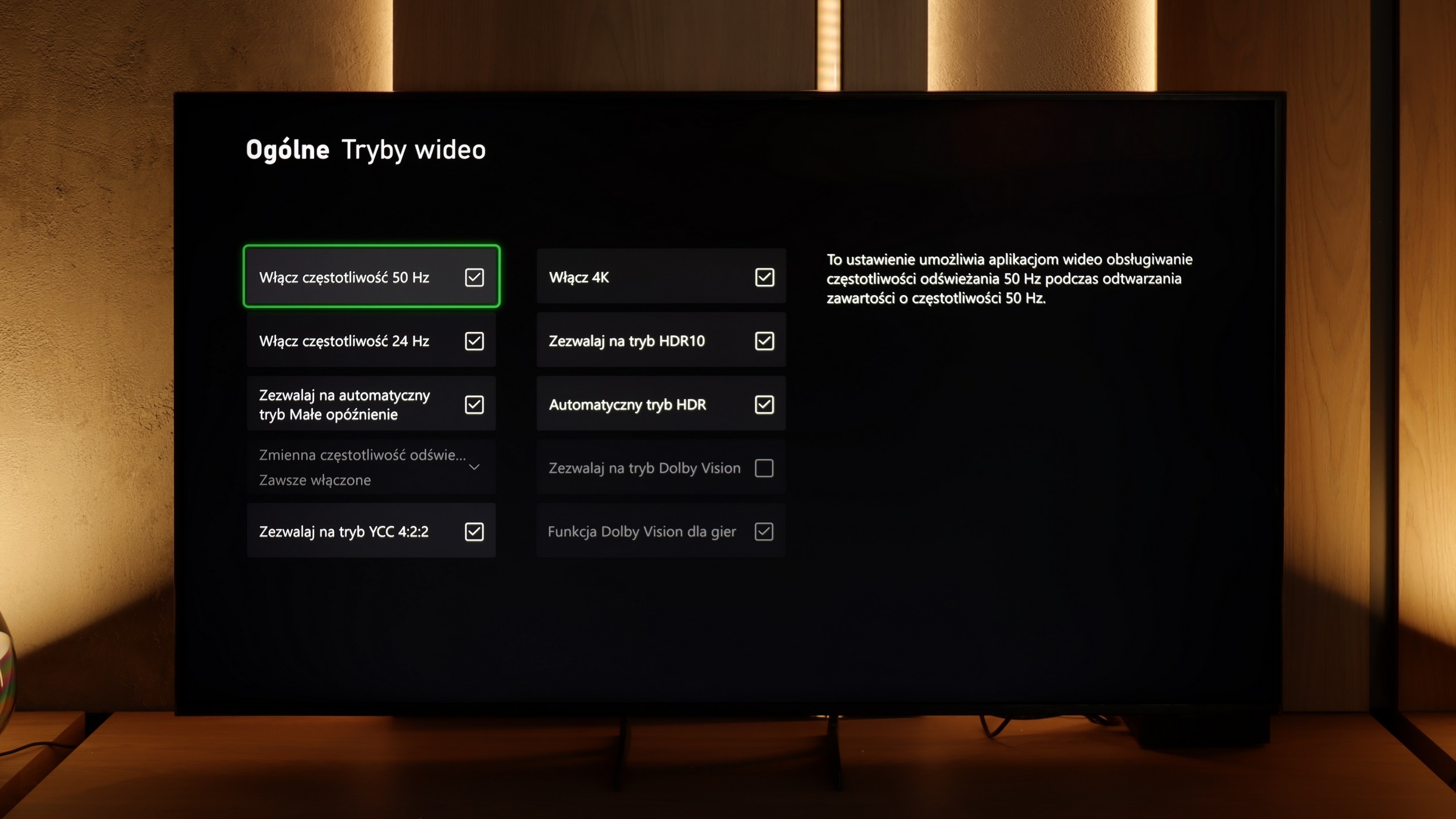
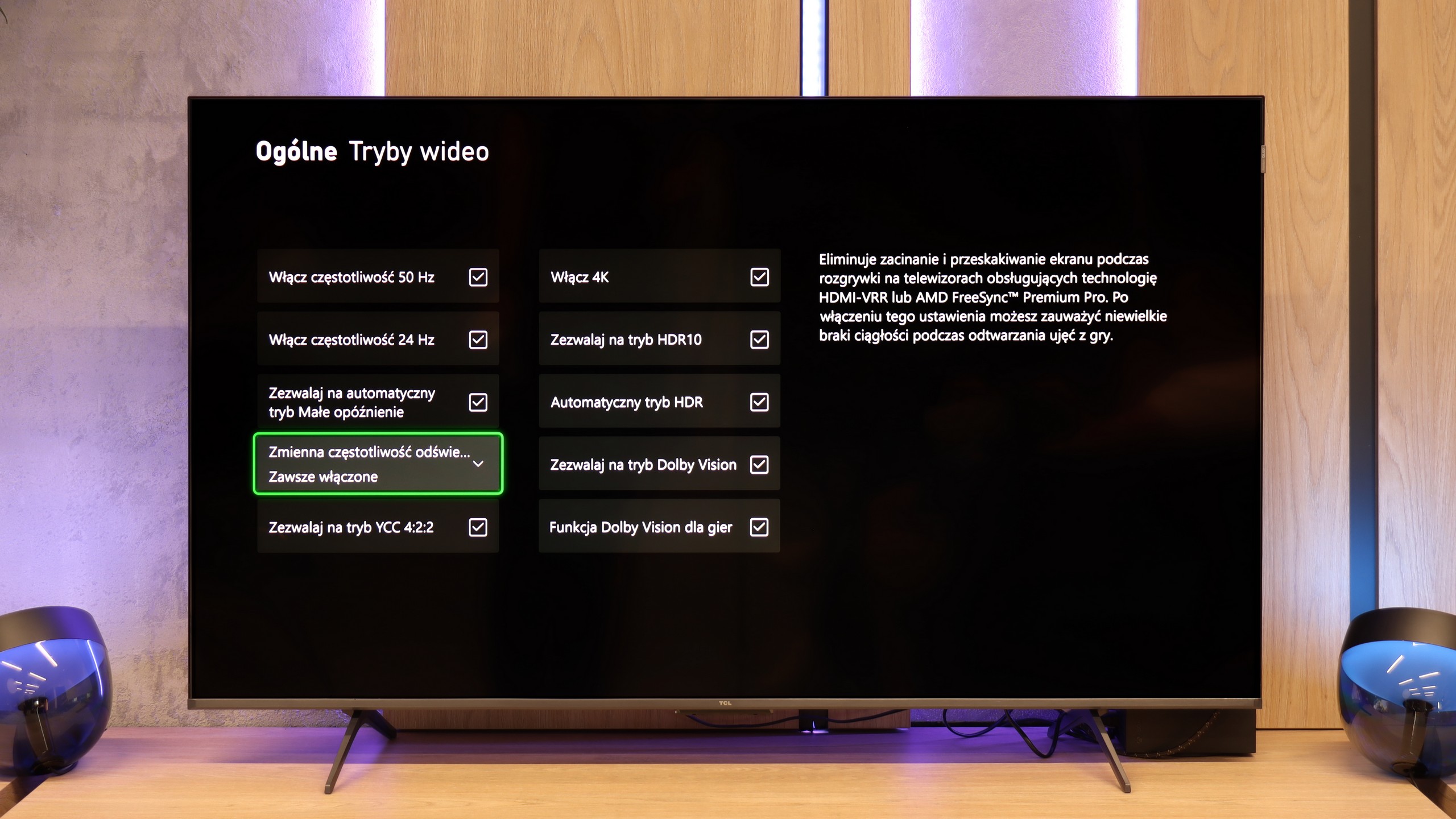
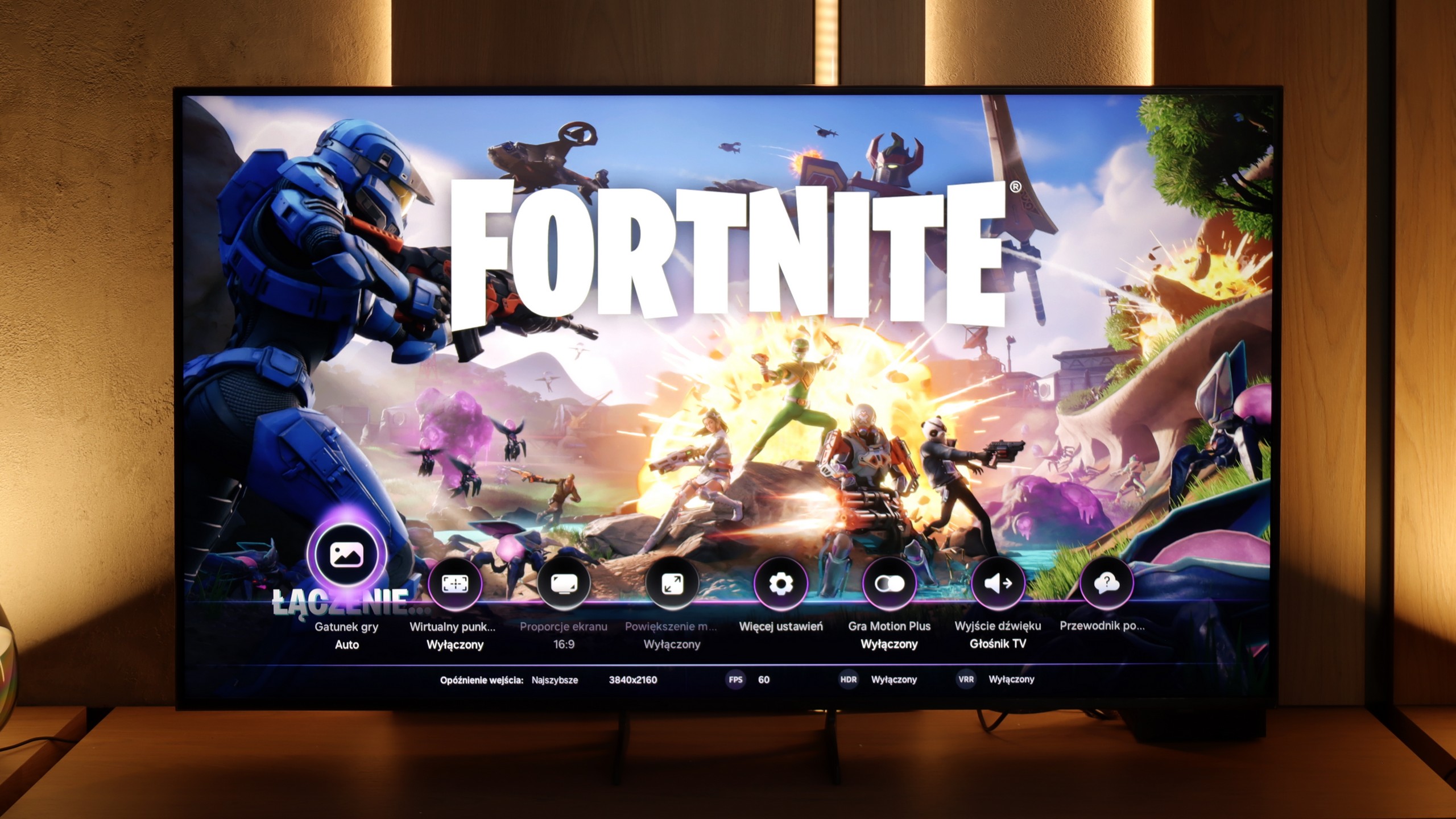
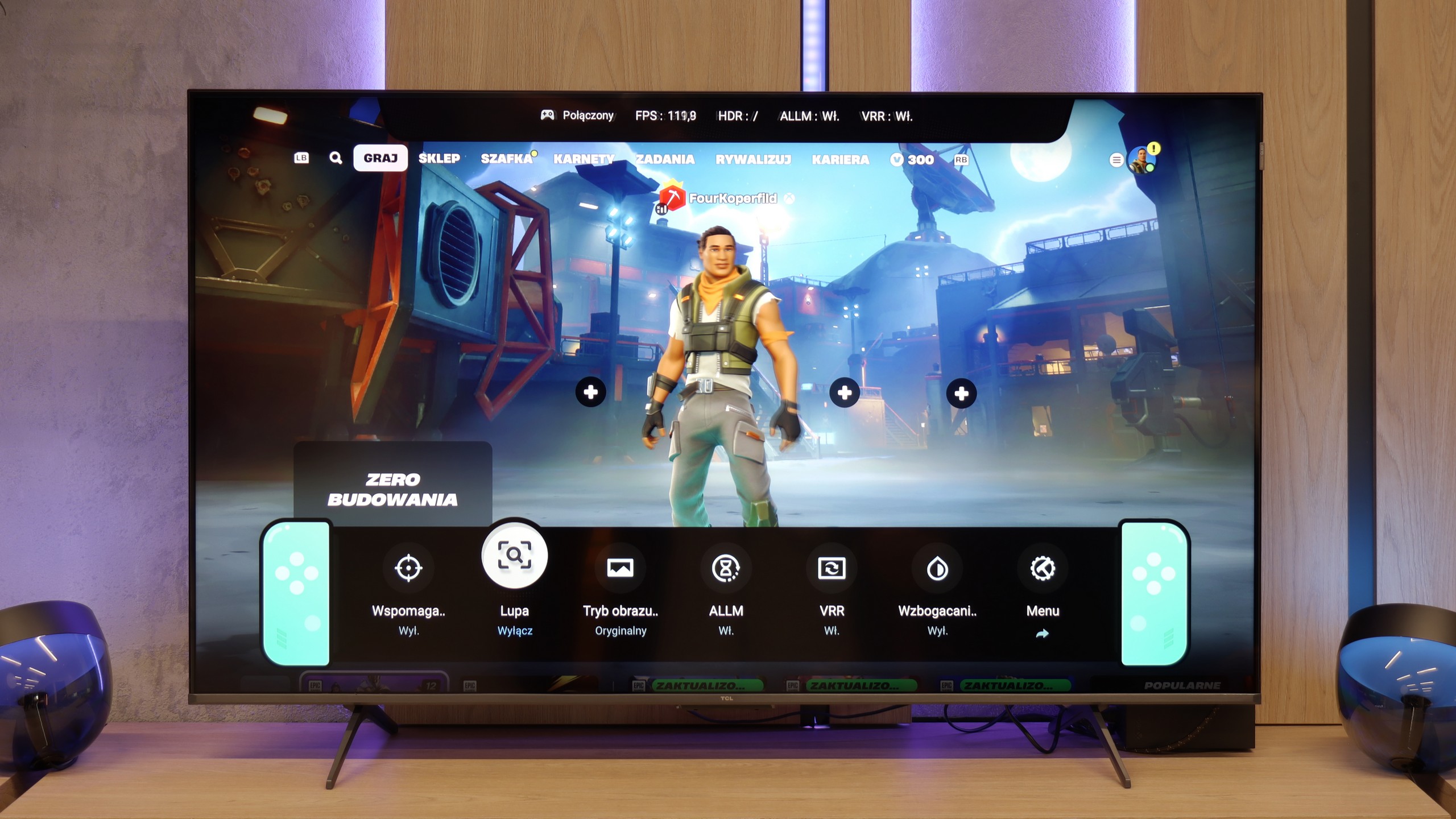
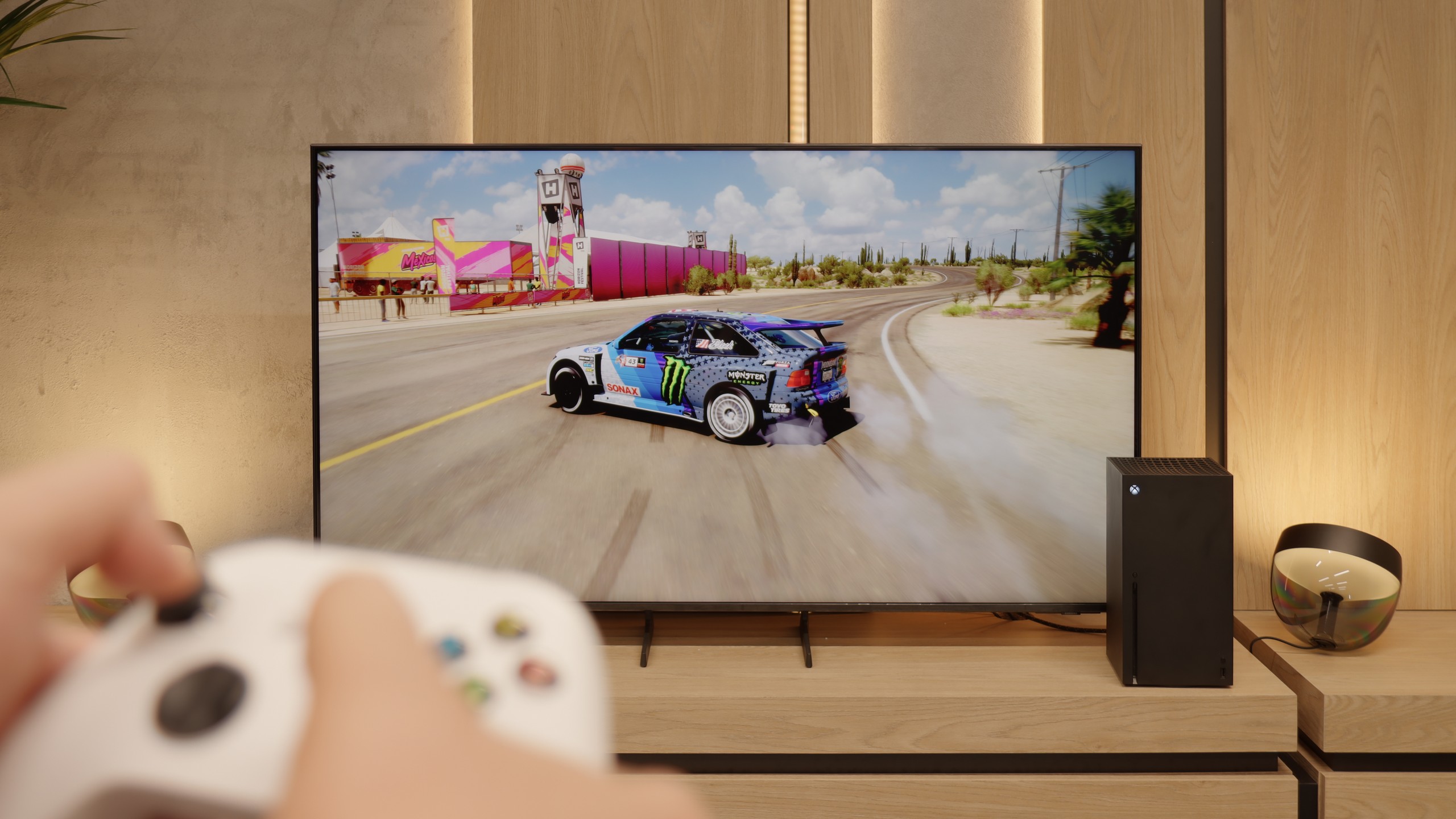
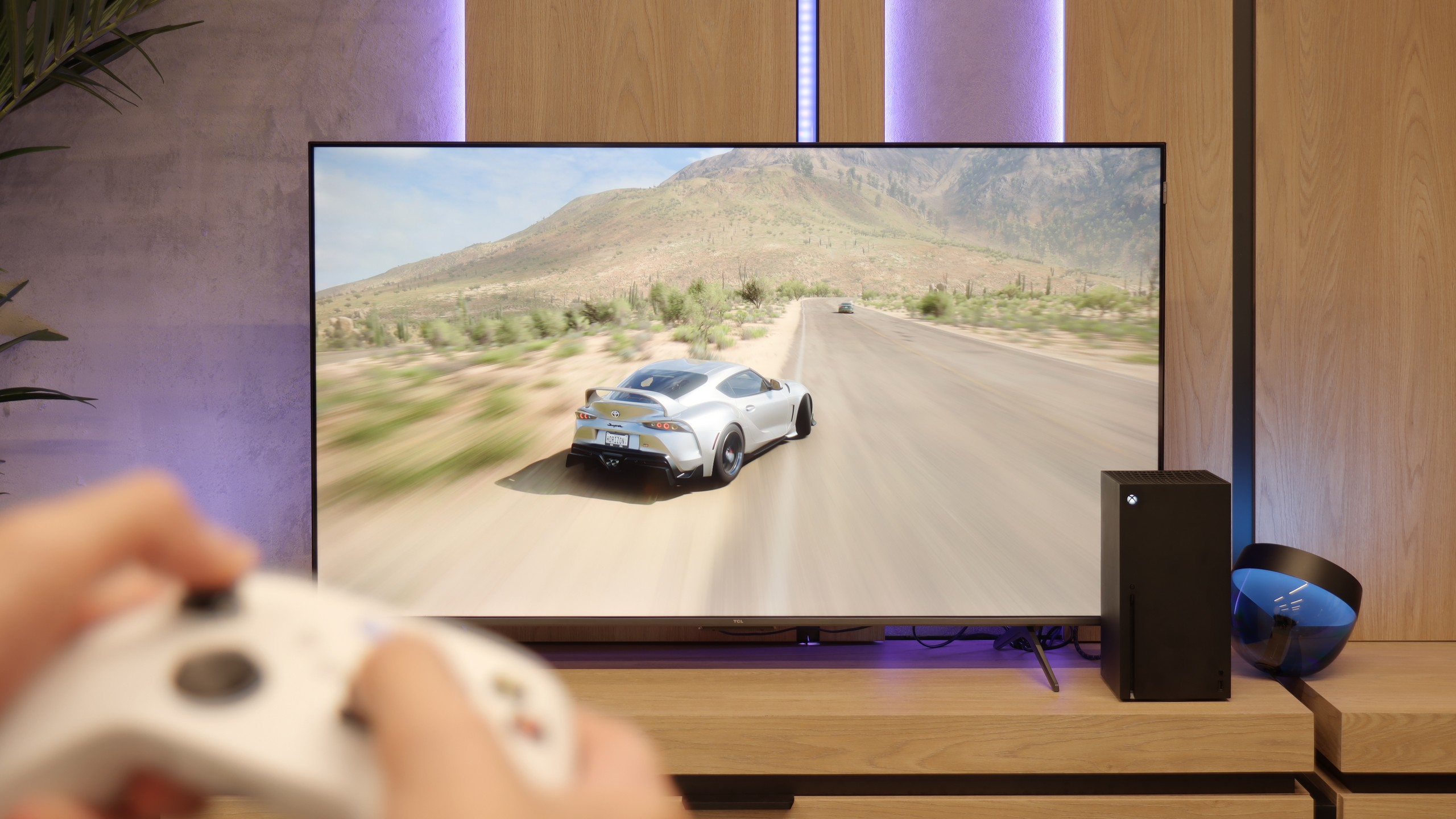
The features for gamers on the Samsung Q7F is a topic that stirs up quite a few mixed emotions. On one hand – no reasonable person was expecting miracles here, after all, it’s a 60 Hz television and it was clear from the get-go that this wouldn’t be equipment to squeeze the maximum from a console or PC. On the other hand, since the manufacturer promised specific solutions in promotional materials, it is only natural that we wanted to see them in practice. At the start, it’s looking pretty good. The automatic game mode (ALLM) works, so there’s no need to manually fiddle with the settings; the console switches the TV to low latency mode by itself. Plus, we have the Game Bar, which looks impressive and allows you to check a few basic parameters without leaving the game. And this is where the good news ends.
The biggest problem with the Q7F is VRR, or rather its absence. Indeed, the appropriate icon appears in the menu, you can even see it in the Game Bar, but throughout the entire test, the function remained dead and could not be activated in any way. Even more disappointing is the matter of HGiG; this option was actually available in the beginning, but after a software update, it disappeared completely, which is just unprofessional. Therefore, the Q7F is only suitable for absolute basics. Sure, you can turn on the console, play calmer titles, and enjoy low input lag, but if someone is counting on more advanced features that the manufacturer promised, they will be disappointed. This is not a television one buys with gaming in mind, and it’s better to be aware of this before purchasing.
Although the TCL P8K is a budget television, it absolutely cannot be said that it is unsuitable for gaming. On the contrary – this screen can pleasantly surprise any gamer. On board, we find two HDMI 2.1 ports, which allow us to effortlessly send a 4K image at 120 Hz. If someone plays on PC, they will also be pleased to know that the television can operate even with a refresh rate of 240 Hz at a lower resolution – a small thing, but it’s appreciated. Additionally, there is a full set of gaming-specific features: automatic game mode, a Game Bar with quick parameter previews, VRR, HGiG, and support for Dolby Vision in games. All of this makes gaming on the P8K a truly enjoyable experience – the image is smooth, the response is quick, and the television works well with next-gen consoles. The TCL P8K shows that a cheap screen doesn't have to mean giving up on fun. Definitely not when it comes to gaming.
Input lag
10/10
9.5/10
SDR
HDR
Dolby Vision
Input lag on the Samsung Q7F is really good for a 60 Hz TV. Measurements showed values below 12 ms, which means this model is more than sufficient for regular gaming on a console. Of course, it doesn't compare to the top-tier 120 Hz screens that can drop below 6–7 ms, but in everyday use, it's hard to talk about noticeable delay. In this regard, the Q7F doesn't fall behind its competitors in its segment and can easily be considered a safe choice for casual or sports gaming. At least in this respect.
In terms of delays, the TCL P8K performs quite well. In game mode at 4K and 60 Hz, the input lag is about 22 ms, and at 4K and 120 Hz, it drops to 13 ms. These values make the TV respond quickly and there's no noticeable "lag" between the controller and the screen.
Compatibility with PC
6/10
8.6/10
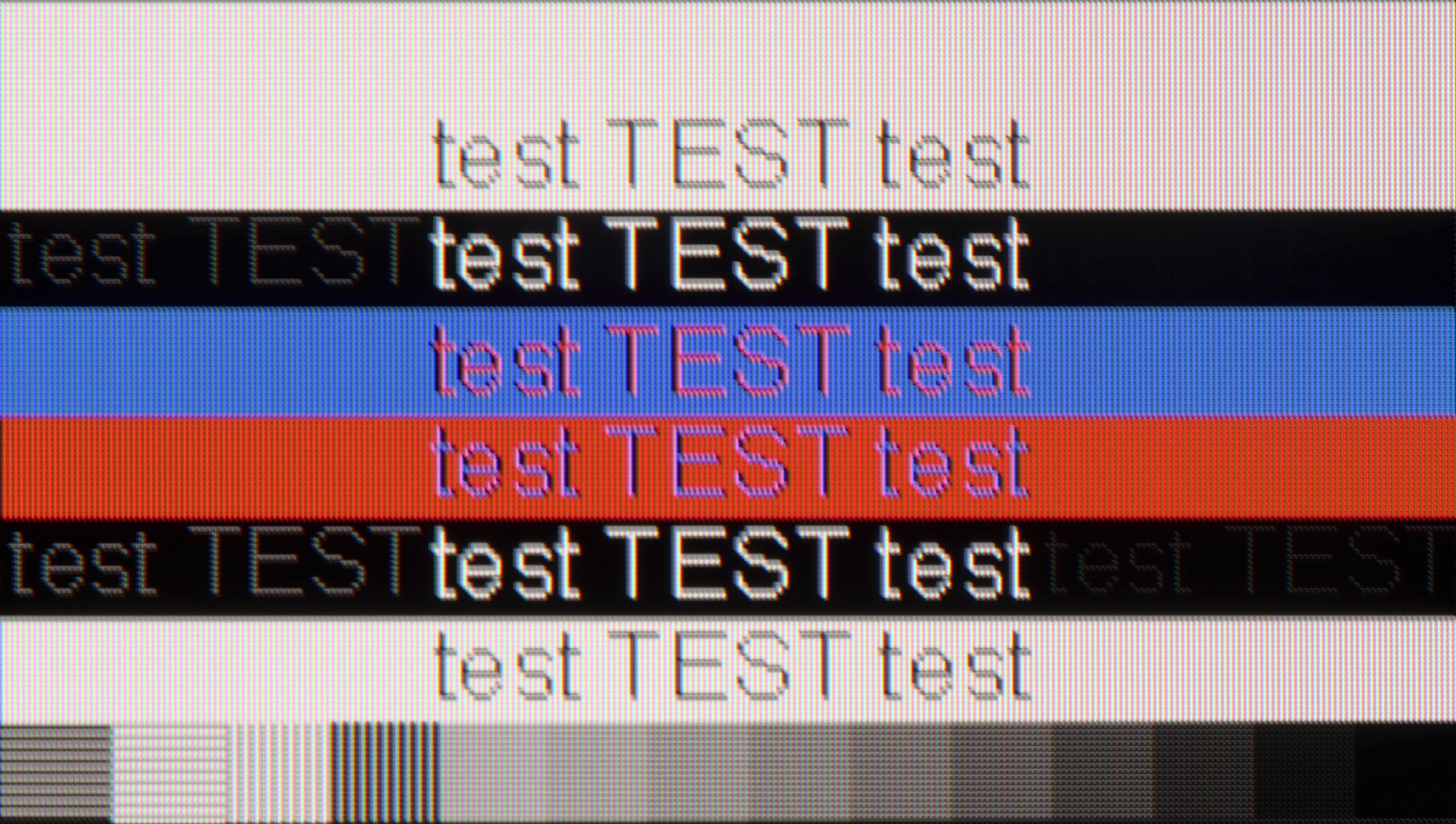
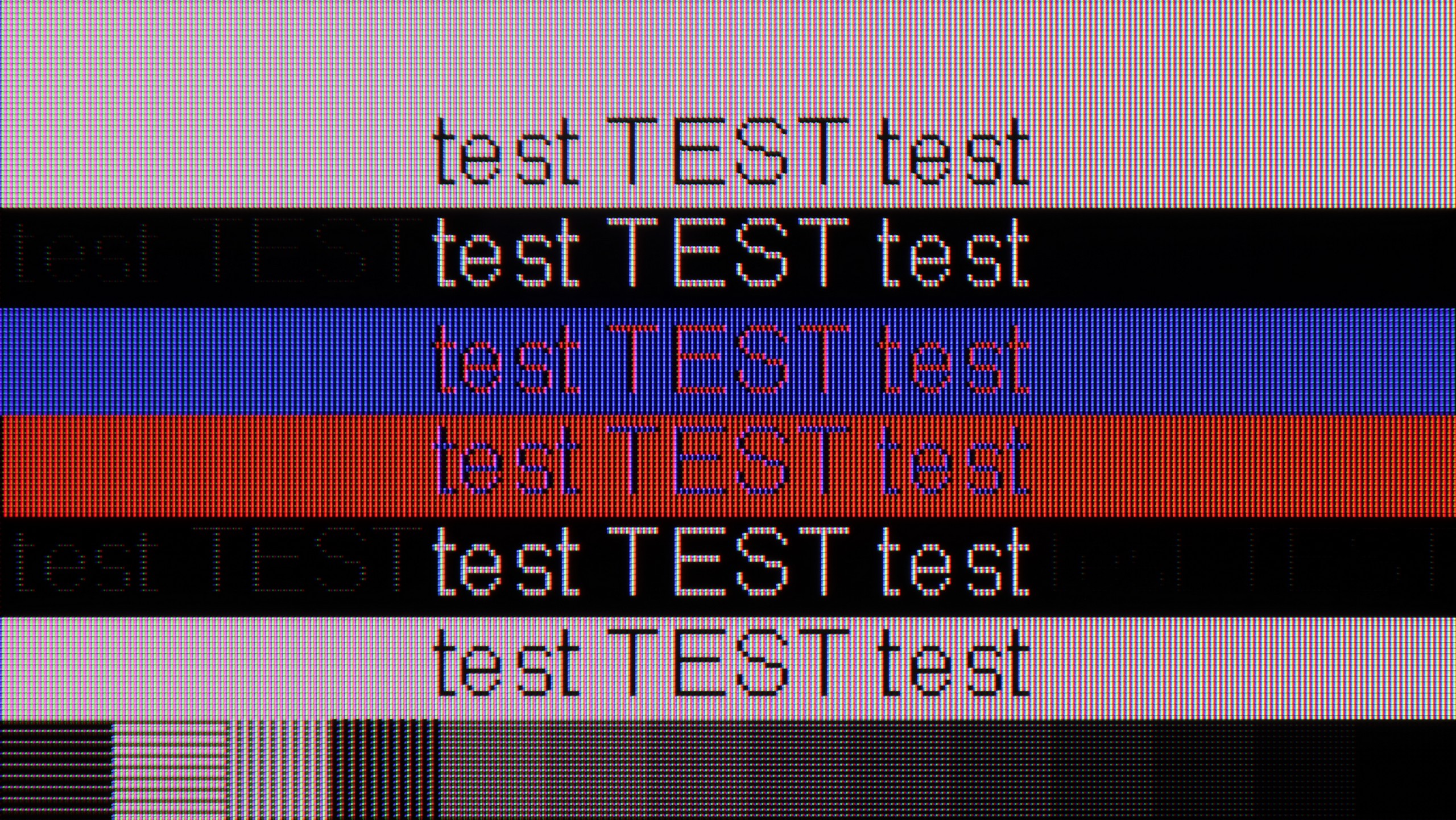
Collaboration with a PC on the Q7F is decent, though it's not a television that will satisfy the most demanding users. Fonts are displayed clearly and sharply, so you can comfortably work on it – especially for everyday office tasks or browsing the internet. With thin letters, you can notice slight shading, but it's not something that hinders normal use. In a smaller size, the Q7F can indeed serve as a computer screen, although you have to keep its limitations in mind. The lack of variable refresh rate means we won't benefit from G-Sync or FreeSync, and the 60 Hz effectively limits more demanding PC gaming. It will be fine for work and light use, but for serious gaming, it's definitely better to look for something higher up in Samsung's range.
The TCL P8K also performs excellently as a computer monitor. The readability of fonts is at a very good level, and working with documents or browsing the web is simply comfortable. The only minor downside occurs at a 144 Hz refresh rate in 4K – dark text on a light background can slightly lose sharpness. The problem disappears when switching to 120 Hz, so it's worth keeping that in mind for everyday use. Besides, it's not just a work screen, but also a fantastic monitor for gamers. The 144 Hz refresh rate (and even 280 Hz at a lower resolution) combined with G-Sync synchronisation guarantees very smooth gameplay. Of course, we will fully appreciate its capabilities only with a suitably powerful computer, but the potential of the P8K in this role is really significant.
Viewing angles
3.5/10
2.8/10
The viewing angles on the Q7F are simply poor – typical for a VA panel. Just sitting slightly off to the side immediately shows that the picture loses quality. Colours fade, contrast noticeably drops, and blacks start to resemble grey more than anything deep. This is a television that is definitely best viewed head-on, and any larger viewing angle involves compromises.
The Achilles' heel of the TCL P8K is undoubtedly its viewing angles. The VA panel used has its advantages in terms of solid contrast, but unfortunately, it suffers significantly when viewed from the side. Colours clearly fade, saturation drops, and the overall image takes on a cooler, washed-out tone. In practice, this means that the best picture is achieved when sitting directly in front – any significant deviation results in a noticeable loss of quality.
TV efficiency during daytime
3.9/10
4.6/10
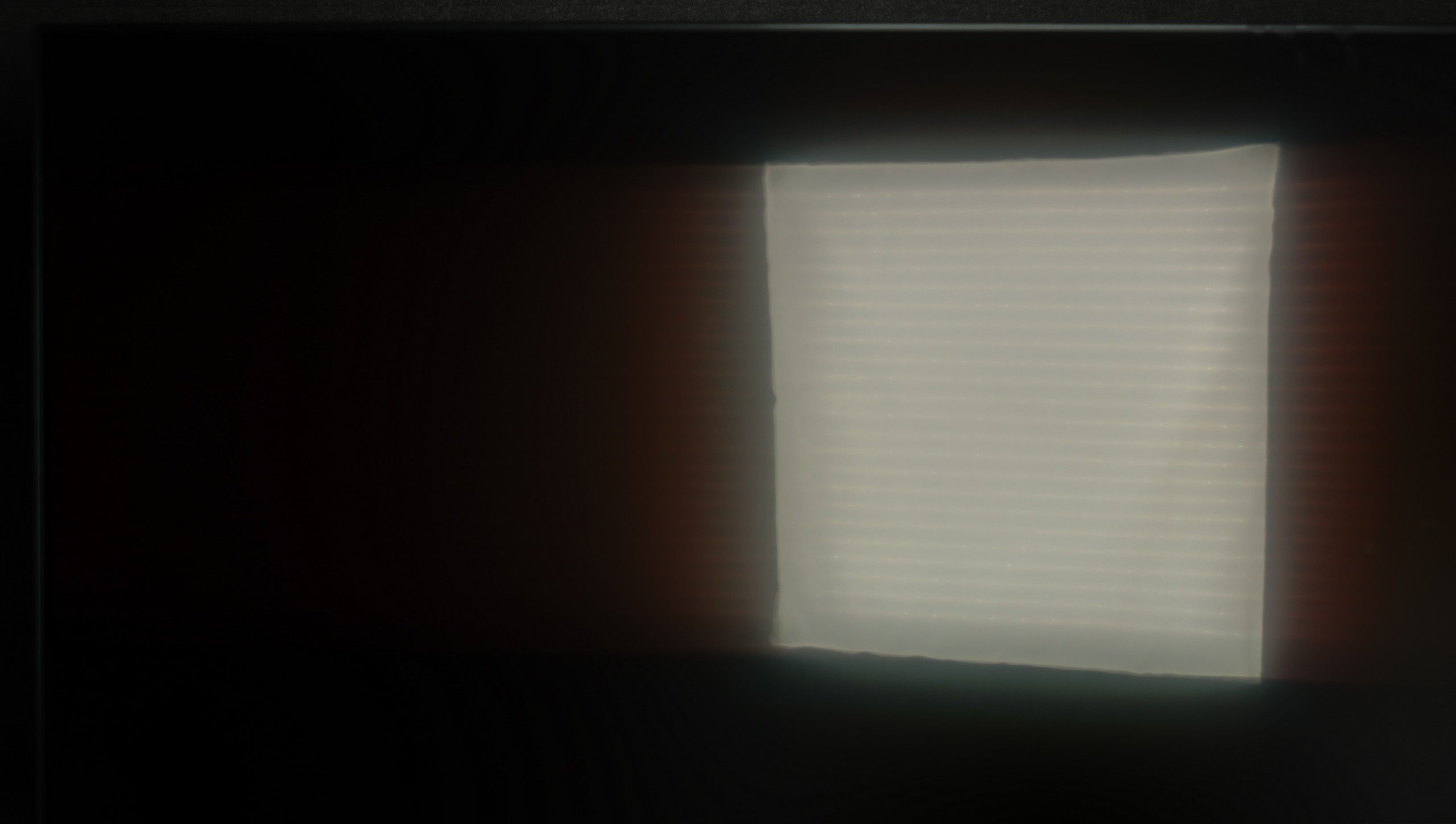
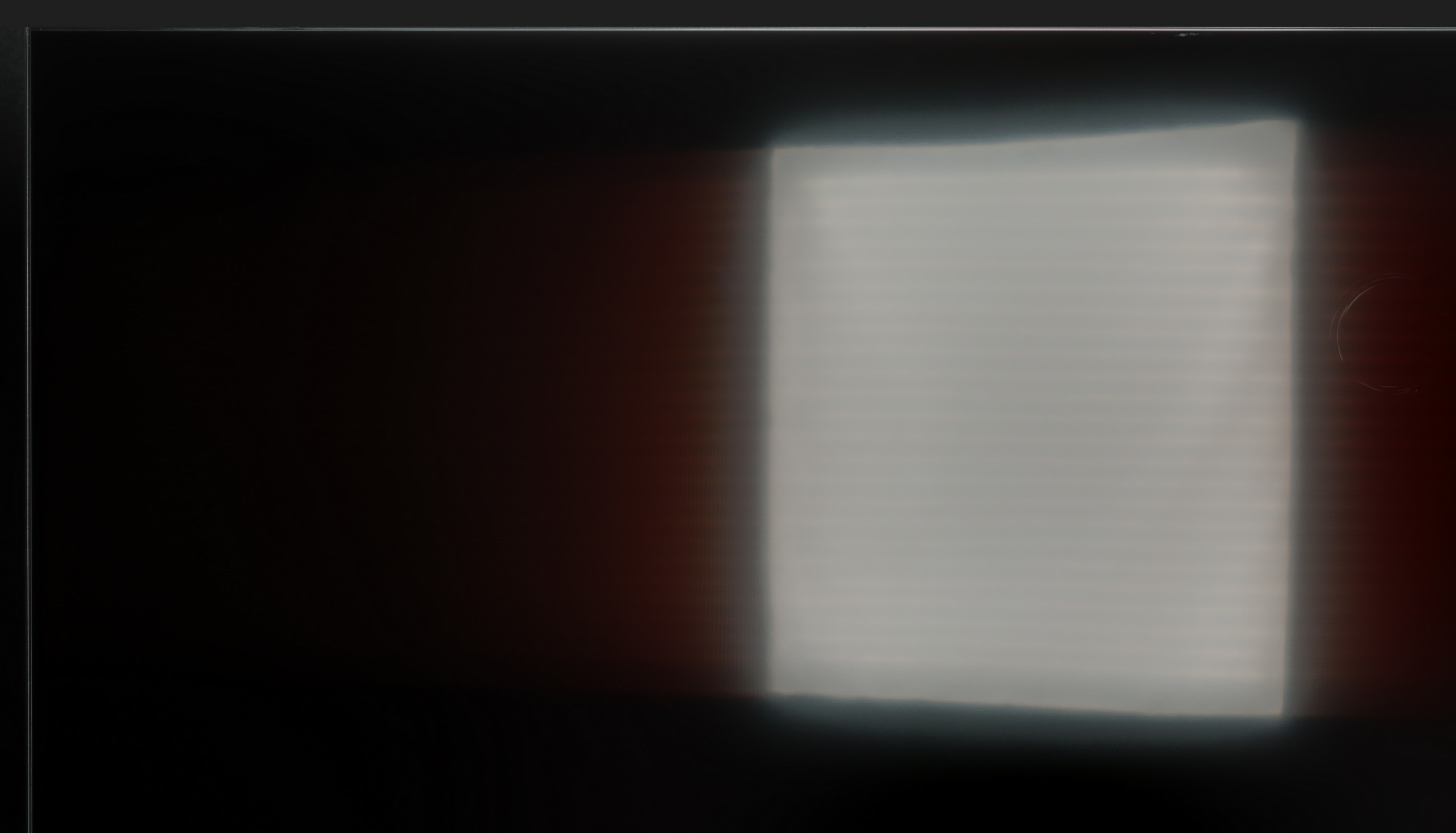
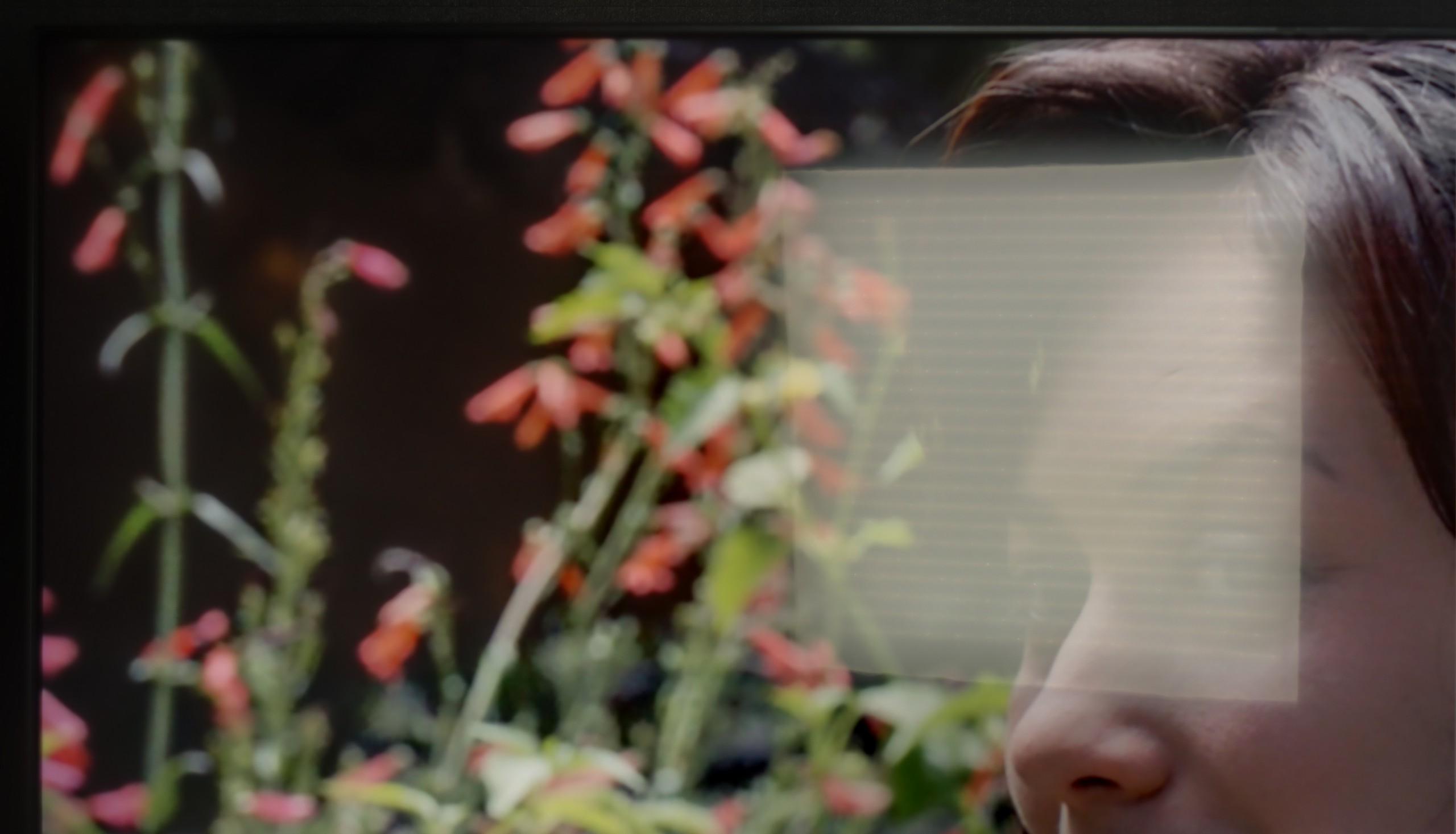

Matrix brightness
Average luminance SDR
TCL P89K / TCL P8K: 299 cd/m2
Samsung Q7F: 237 cd/m2
The performance of the Q7F during the day unfortunately doesn't impress. Due to its low brightness, the screen quickly capitulates in very sunny rooms. Therefore, it’s hard to recommend it to those who plan to watch television in a bright living room with large windows. In moderately lit rooms, it manages reasonably well, but in bright light, the image loses clarity. Additionally, the fact that the panel doesn’t always effectively handle reflections means that glares can be bothersome during the day. This is rather a screen for evening viewing than for daily sessions in full sunlight.
TCL P8K isn't a fan of bright sunlight. With a brightness level of around 300 cd/m², it’s hard to expect it to perform well in a lounge with large windows and no blinds. In such conditions, the image loses some clarity, and darker scenes can vanish in light reflections. Fortunately, the screen has a satin finish that handles reflections well and saves the day in typical home conditions. In the evening or in a slightly dimmed room, the TV looks quite good. It’s just not the kind of equipment that likes to stand in front of a south-facing window.
Details about the matrix
Subpixel Structure:
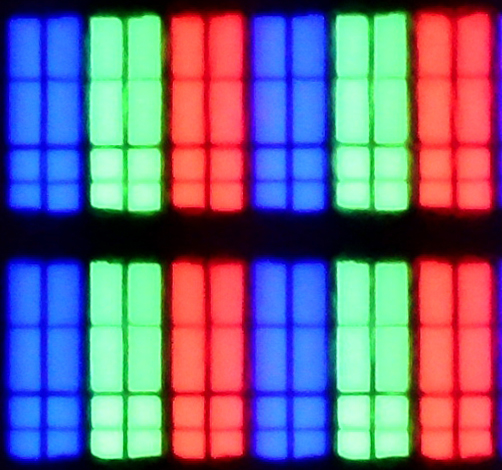
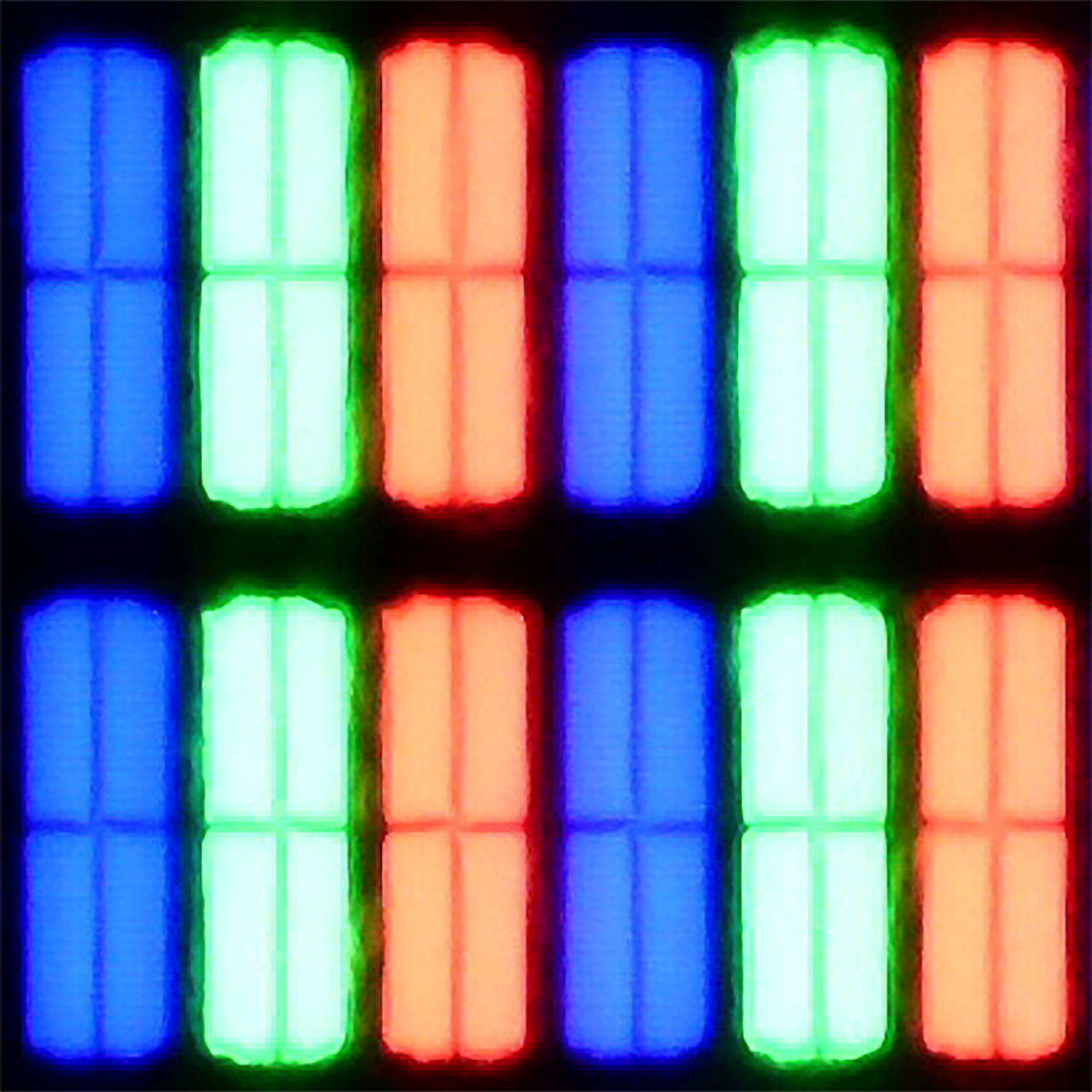
Panel uniformity and thermal imaging:
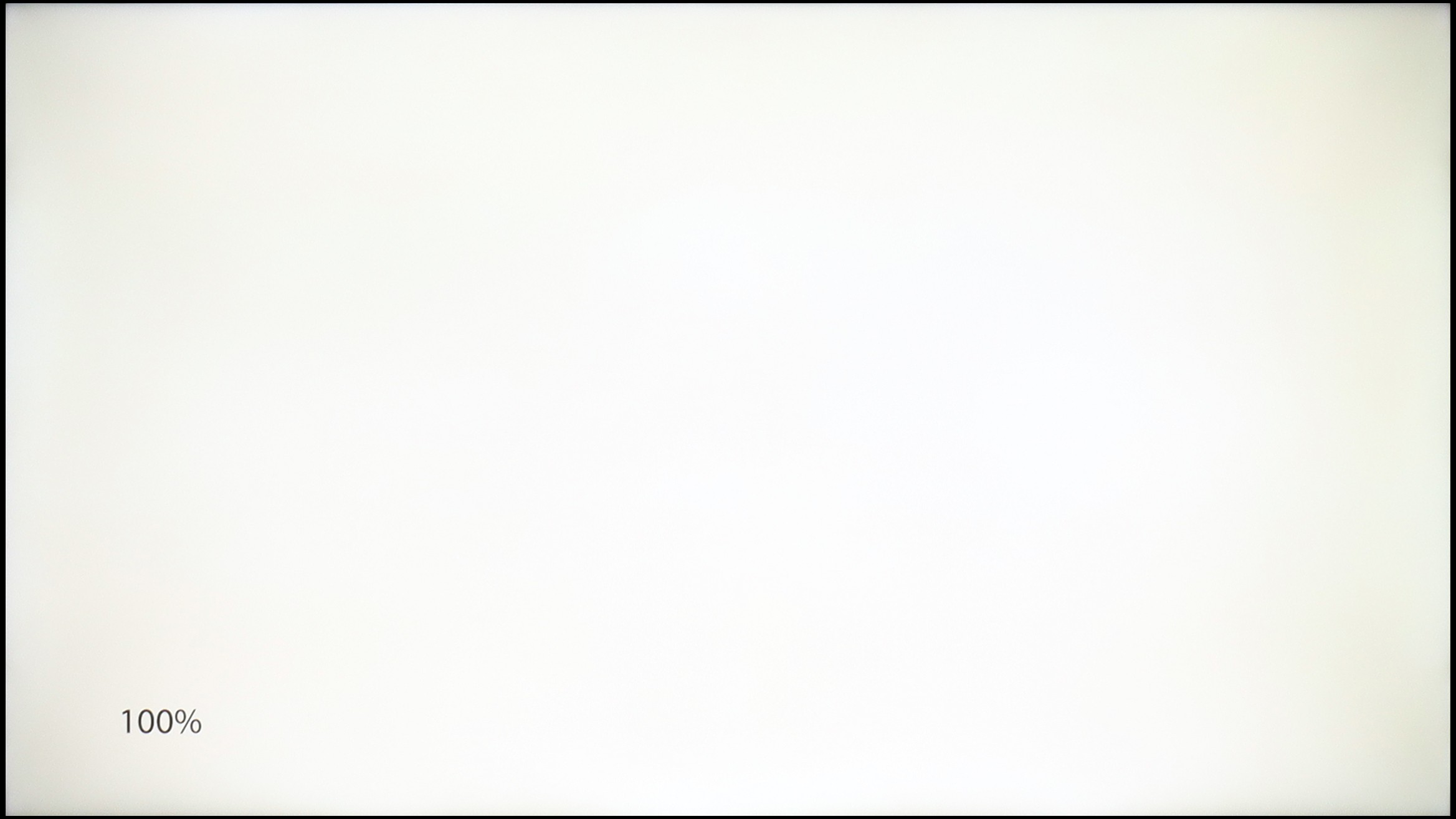
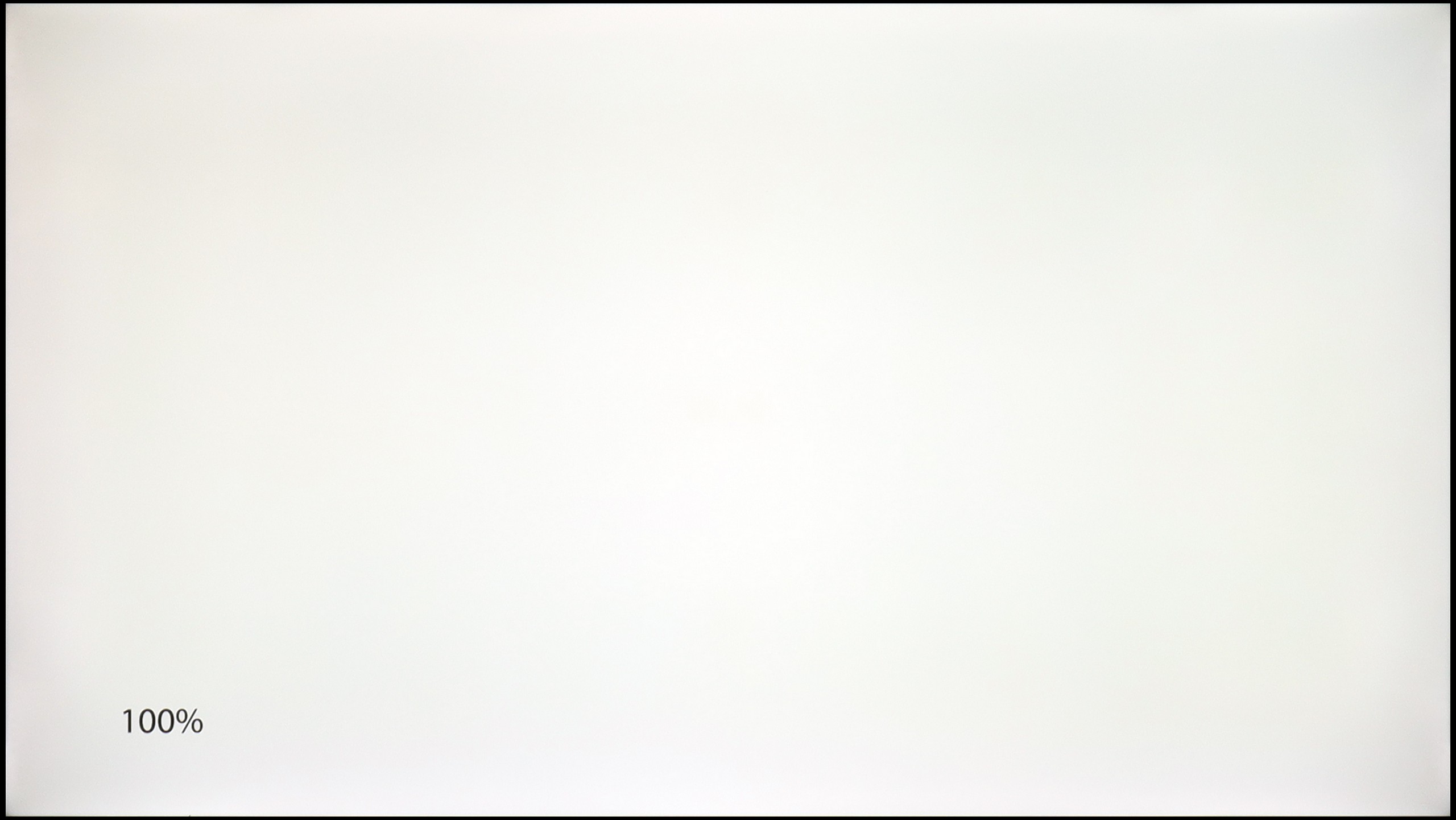
Samsung Q7F
TCL P89K / TCL P8K
TV features
7.3/10
7.4/10
- HDMI inputs3 x HDMI 2.0, 0 x HDMI 2.12 x HDMI 2.0, 2 x HDMI 2.1 48Gbps
- OutputsToslink (Optical audio), eARC (HDMI), ARC (HDMI)Toslink (Optical audio), eARC (HDMI), ARC (HDMI)
- Network InterfacesWi-Fi 2.4GHz, Wi-Fi 5GHz, Ethernet (LAN) 100MbpsWi-Fi 2.4GHz, Wi-Fi 5GHz, Ethernet (LAN) 100Mbps, Ethernet (LAN) 1Gbit
- TV receptionDVB-T, DVB-T2, DVB-S, DVB-S2, DVB-CDVB-T, DVB-T2, DVB-S, DVB-S2, DVB-C
Classic features:
- Recording to USB (terrestrial TV)
- Recording programming
- Picture in Picture (PiP)
- RF remote control (no need to aim at the screen)
- Backlit remote control
- Teletext
- Audio only mode
- Bluetooth headphones support
- Simultaneous Bluetooth headphones & TV audio
Smart features:
- AirPlay
- Screen mirroring (Windows Miracast)
- Voice search
- Voice search in native language
- Ability to connect a keyboard and mouse
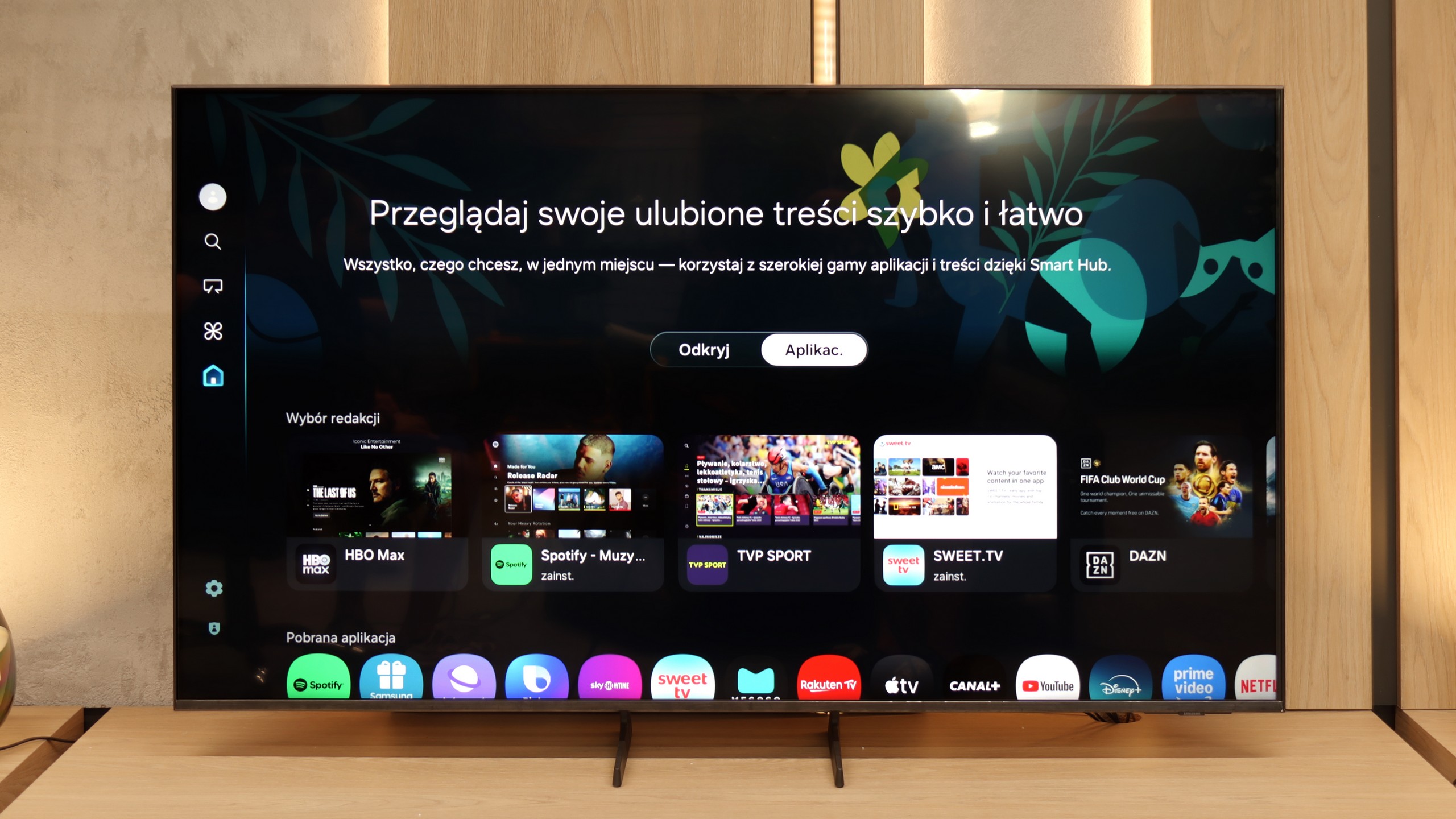
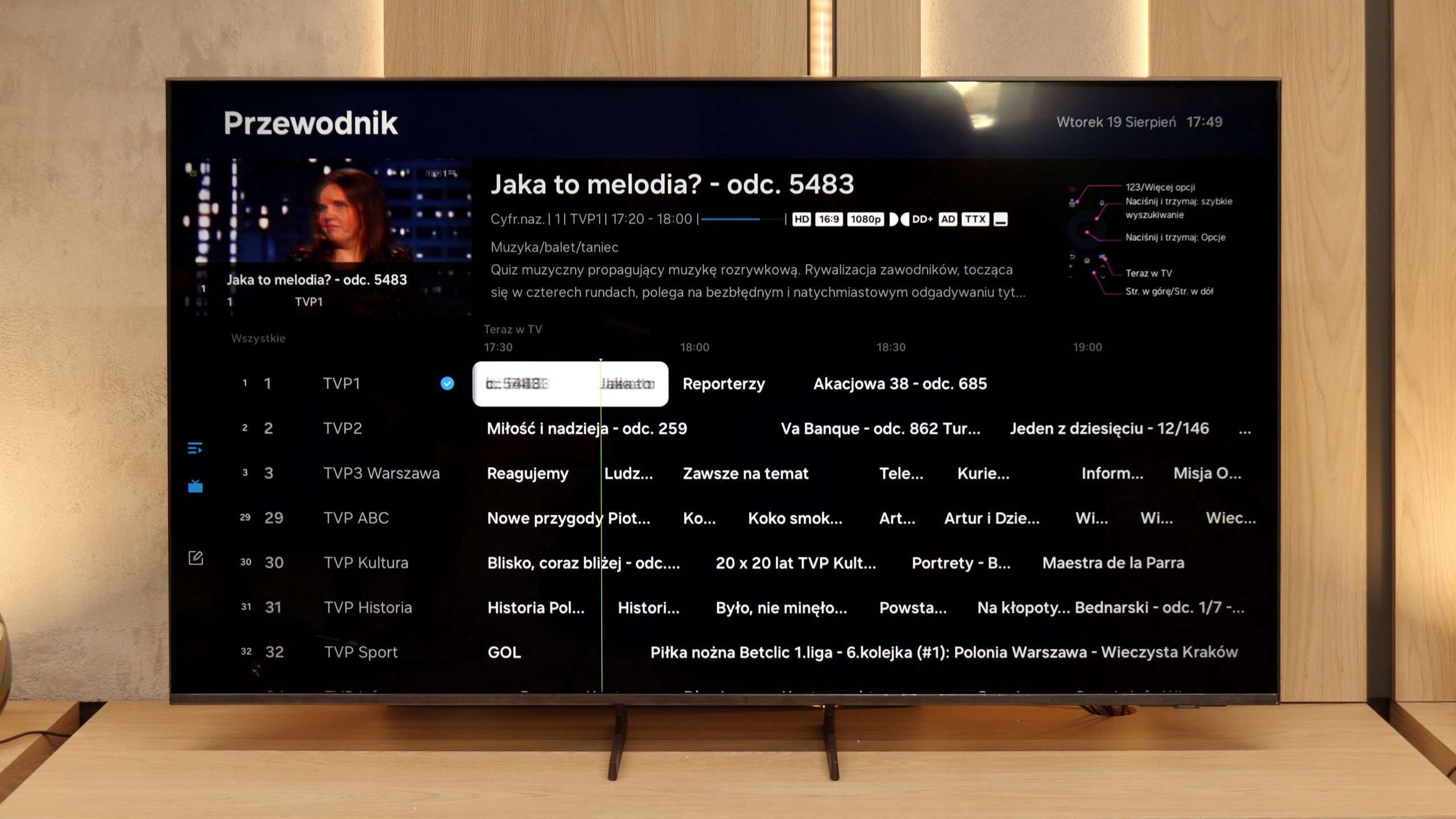
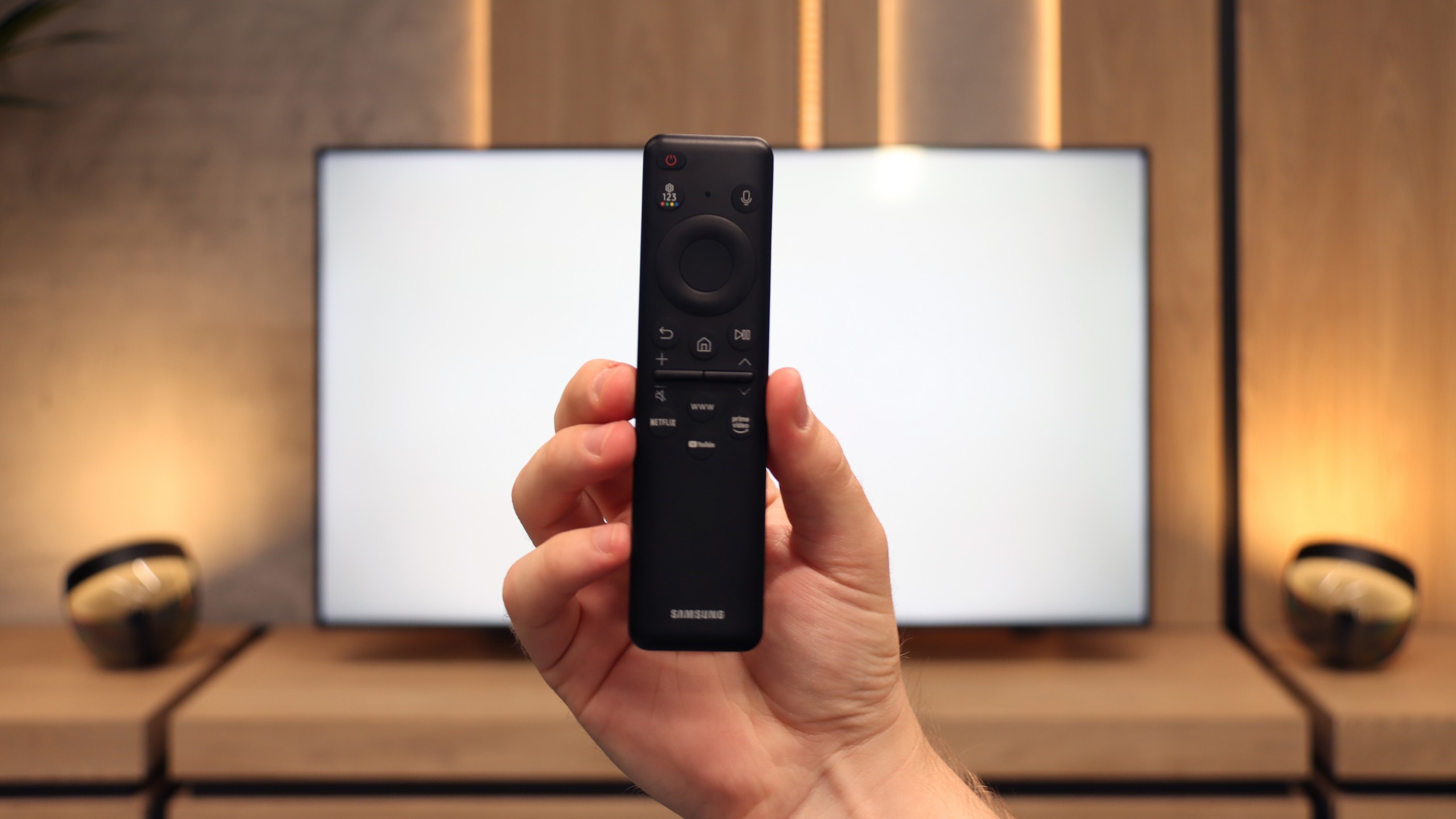
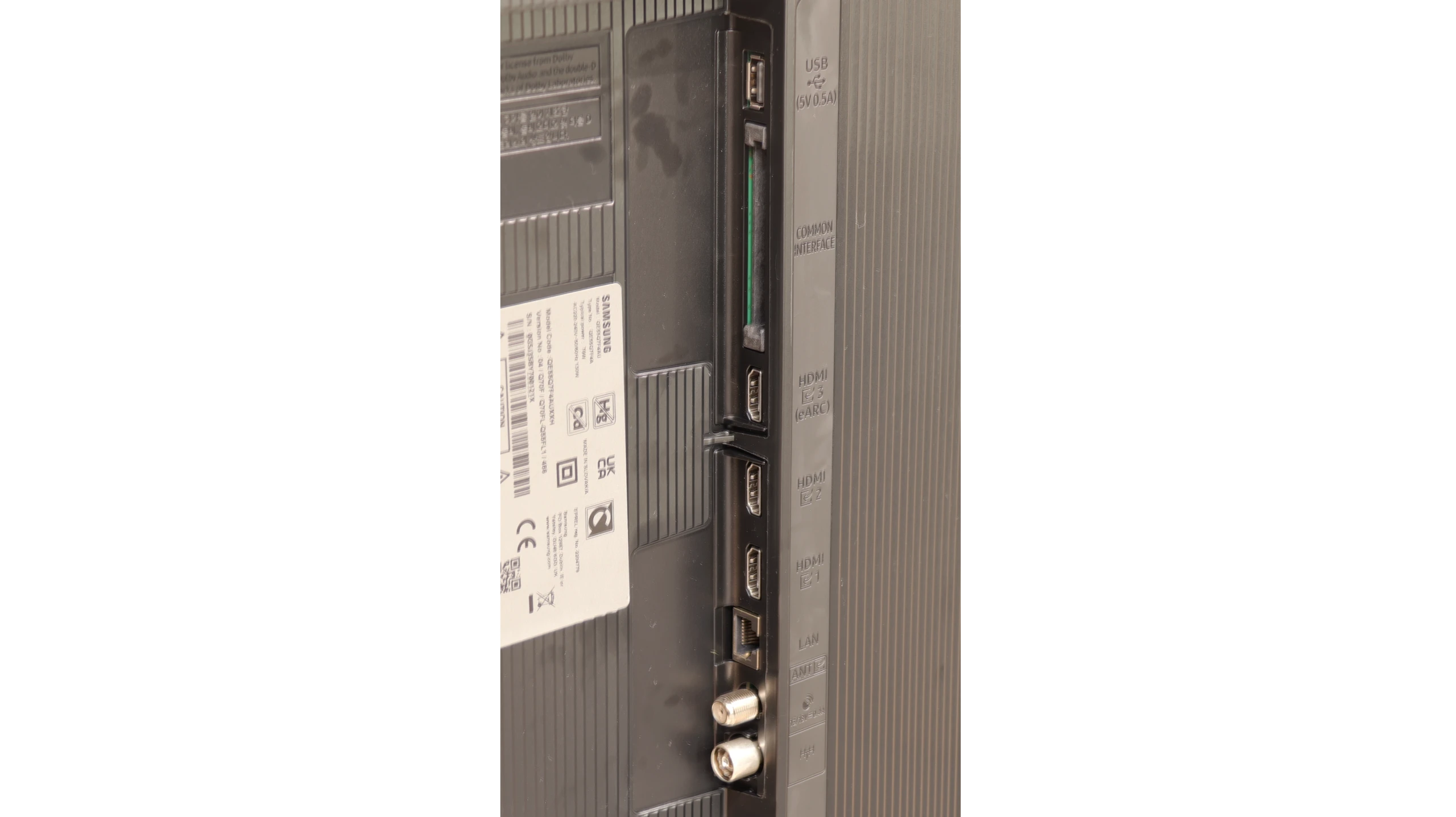
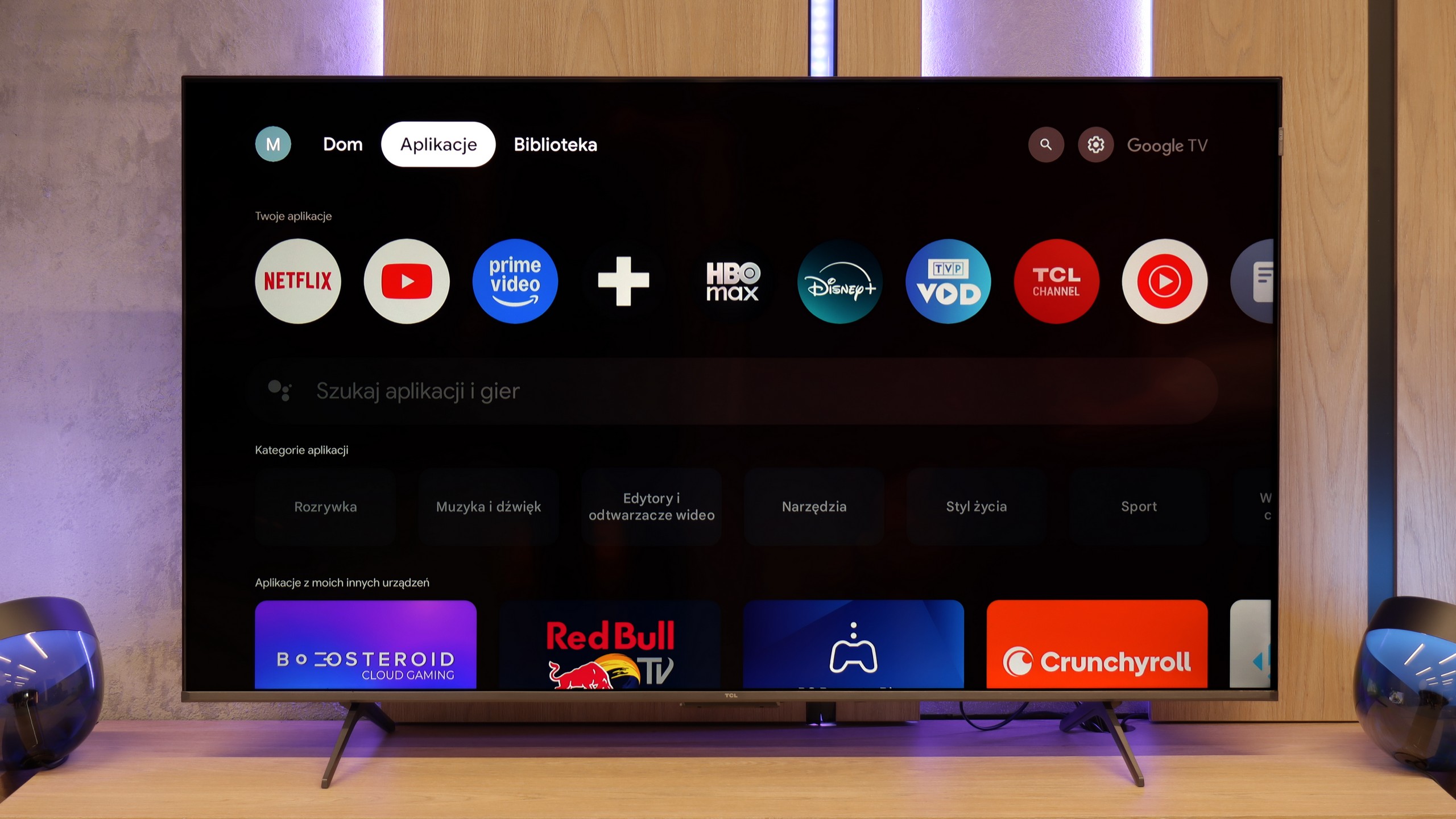
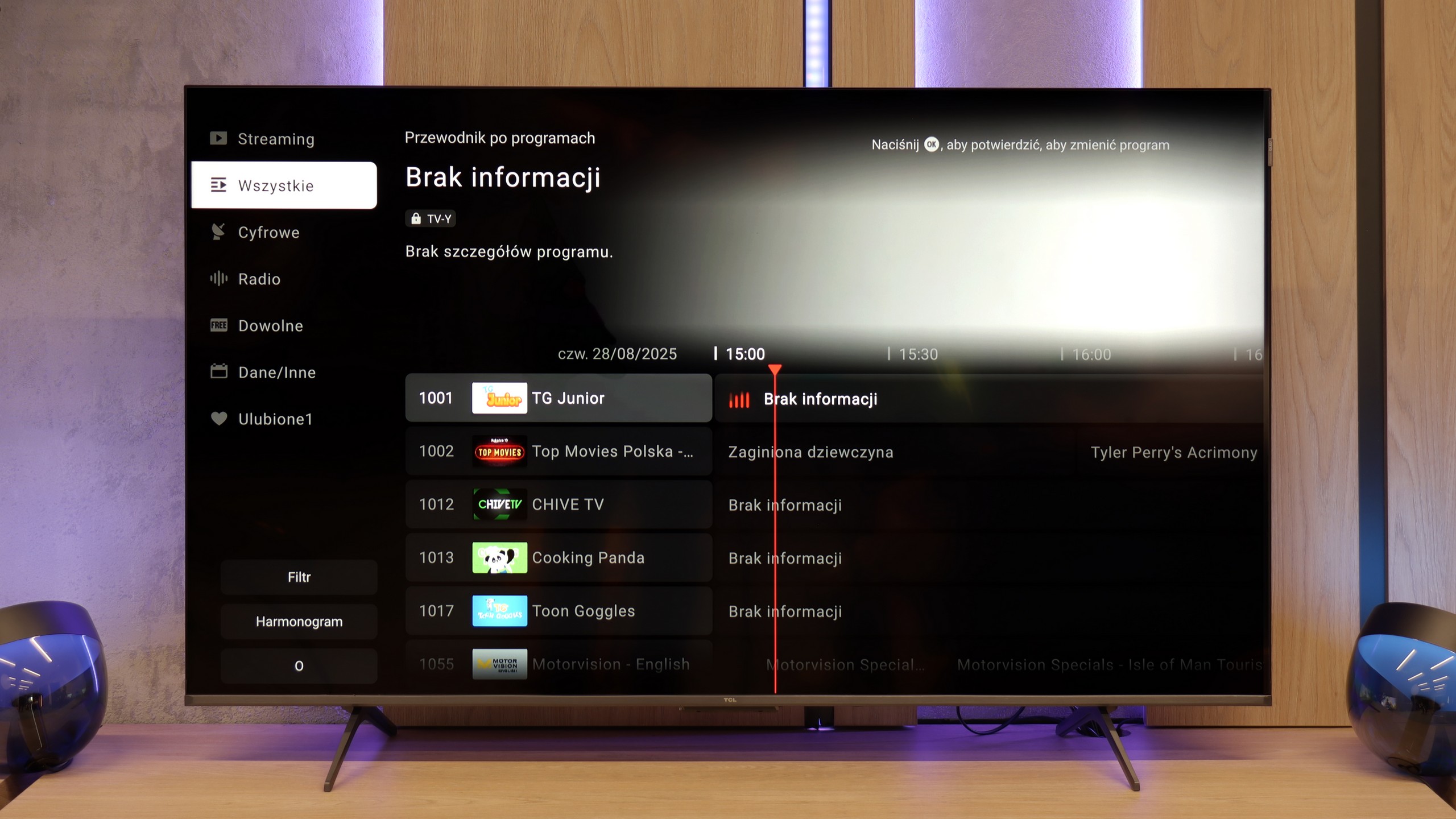
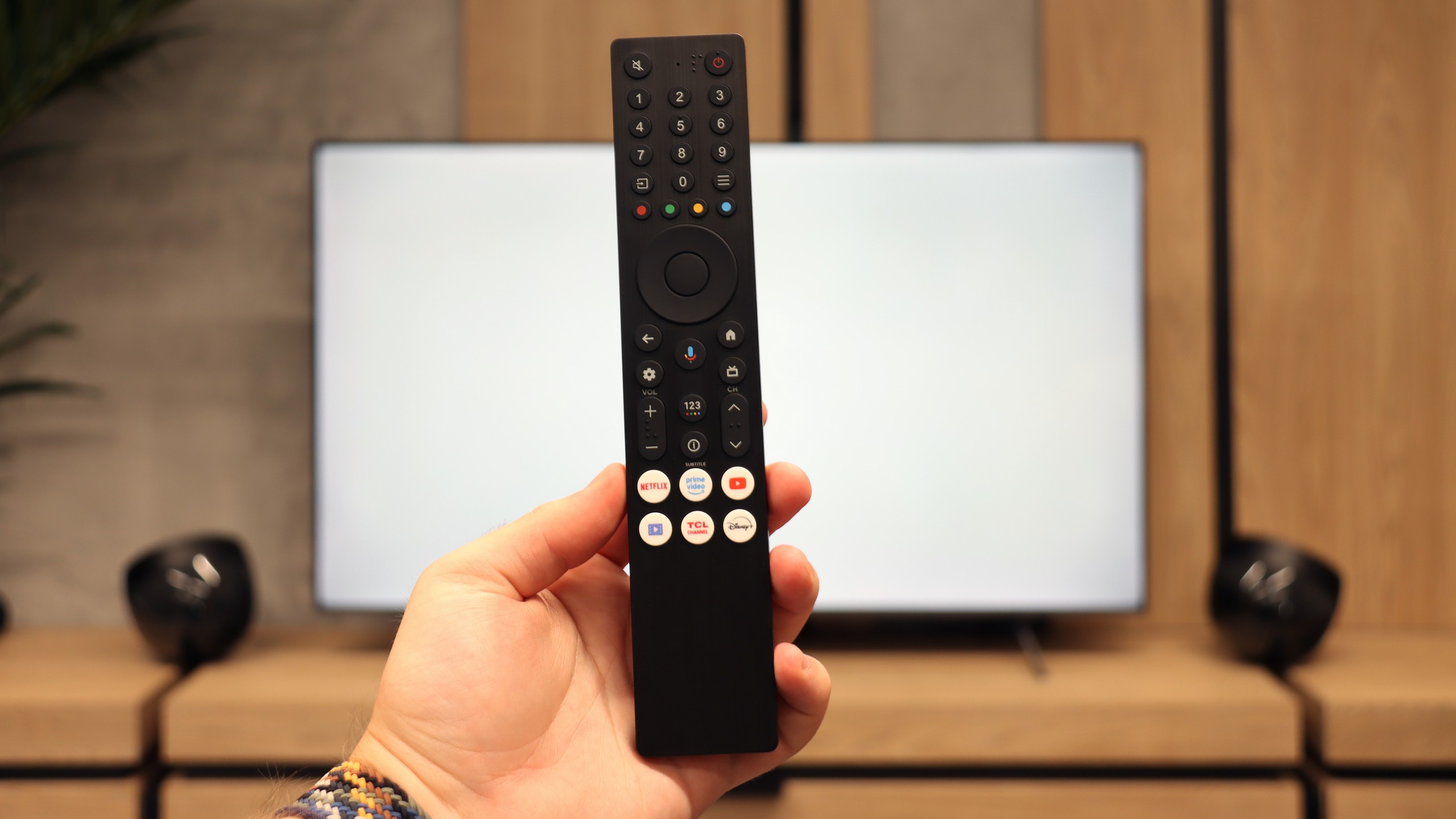
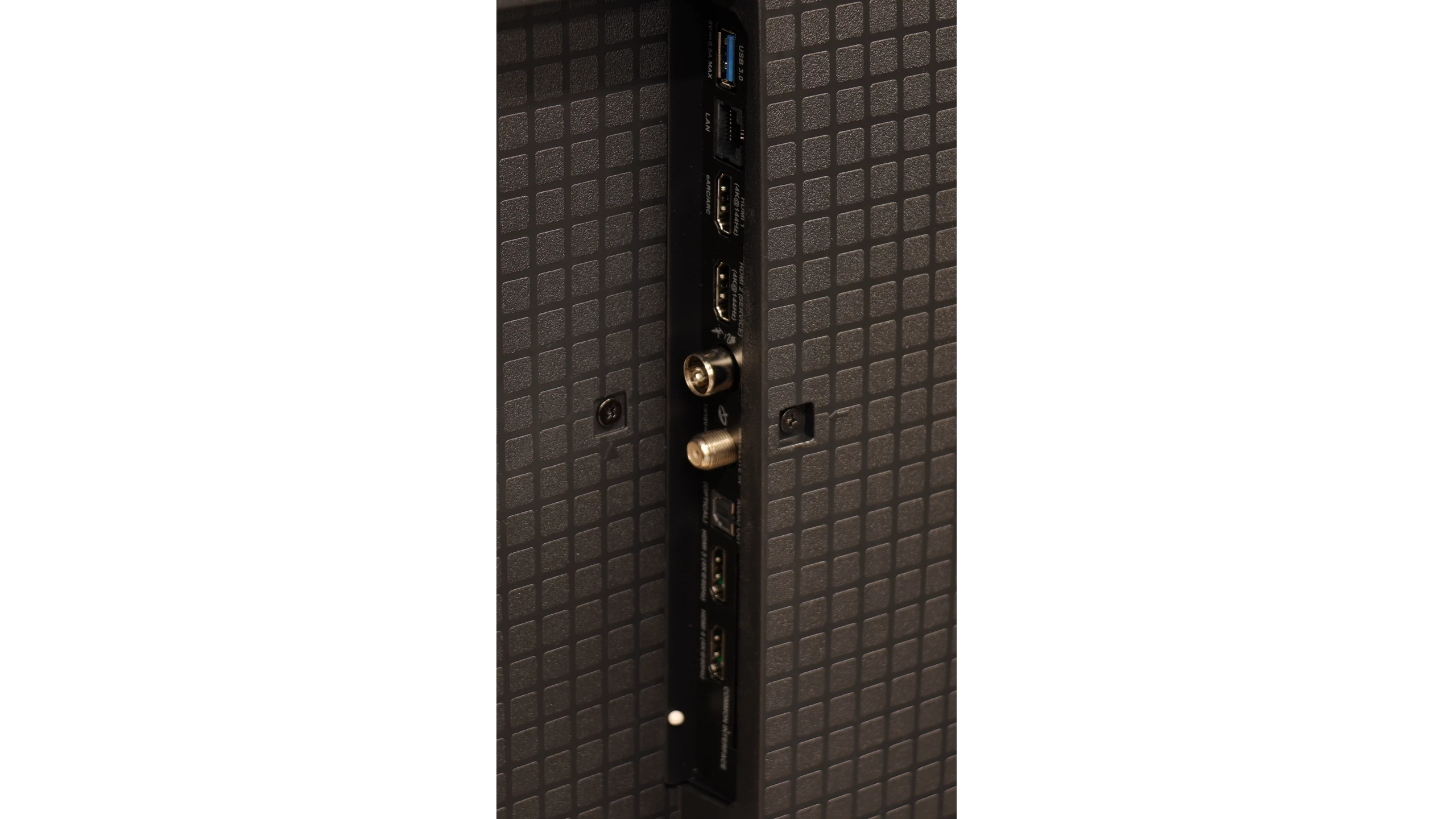
Smart TV – Tizen System
Here the Q7F shows its strongest side. Samsung has been developing the Tizen system for years, and it's clear that we are dealing with a mature, refined platform. Everything runs smoothly, the menu doesn’t lag even when switching between heavier applications, and installing additional programs from the library is quick and hassle-free. Additionally, there’s full support for AirPlay, integration with voice assistants, as well as a wide range of add-ons – from cooperation with devices in the SmartThings ecosystem to the ability to control Philips Hue smart lighting or other smart gadgets. Samsung strongly emphasises expanded network features, and it's evident – in terms of Smart TV, the Q7F has absolutely nothing to be ashamed of; on the contrary, it can put to shame more expensive competitors.
Classic Features
On the side of classic, “television” solutions, it’s clear that the manufacturer has put everything on the smart card. We won’t find USB recording or PiP mode here, which were once standards. It’s apparent that the Q7F is meant to be primarily a multimedia centre, rather than a device for those accustomed to more traditional solutions. Fortunately, there are a few practical additions – we have Bluetooth for pairing headphones or speakers and an option to change the font size in the menu, which users with weaker eyesight will appreciate.
SmartTV: Google TV
TCL P8K operates on the Google TV system, which is the heart of the entire device. This is where we see the biggest advantage of this model over many competitors in a similar price range. The system is clear and easy to use, and very well optimized. We can easily use the screen mirroring feature or the built-in Chromecast, which allows you to quickly stream content from your phone to the large screen. However, the biggest asset is the Google Assistant, which responds promptly and truly understands commands – even those that are not precisely articulated. Moreover, the app library on Google TV is a real treasure – you can install practically anything, from major VOD platforms to lesser-known music or sports applications.
Classic functions
When it comes to classic TV functions, the P8K doesn’t have much to boast about. The remote is simple and comfortable, with a large number of buttons, and the presence of Bluetooth allows you to connect wireless headphones or speakers. And that’s pretty much where the list of conveniences ends. You won’t find USB recording, PiP functions, or even a working teletext here. TCL has clearly focused on modern content and internet features, rather than classic solutions known from older receivers. This TV is meant to shine in the world of apps and streaming – and it does exactly that.
Playing files from USB
9/10
8.9/10
Supported photo formats:
Maximum photo resolution:
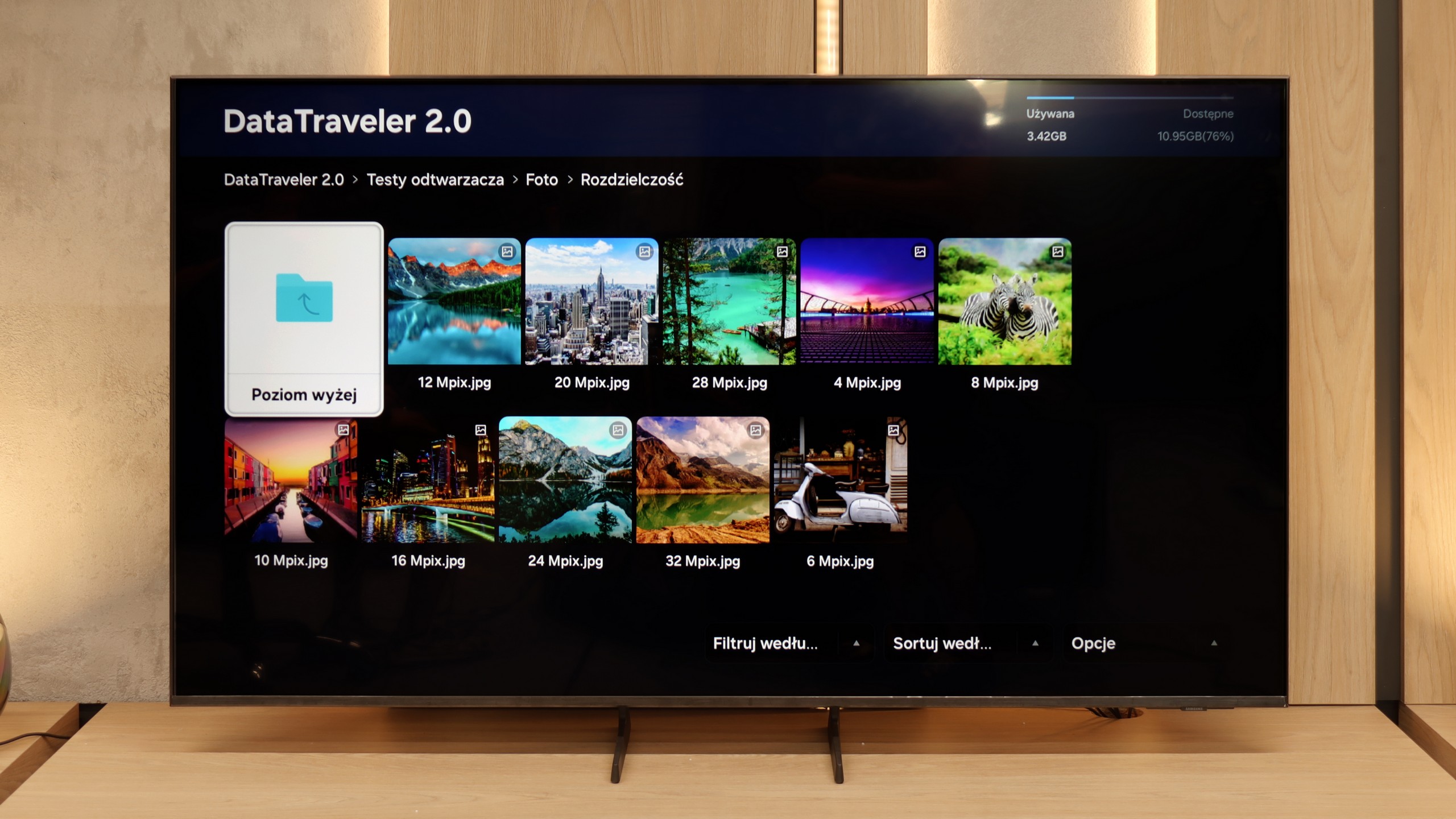
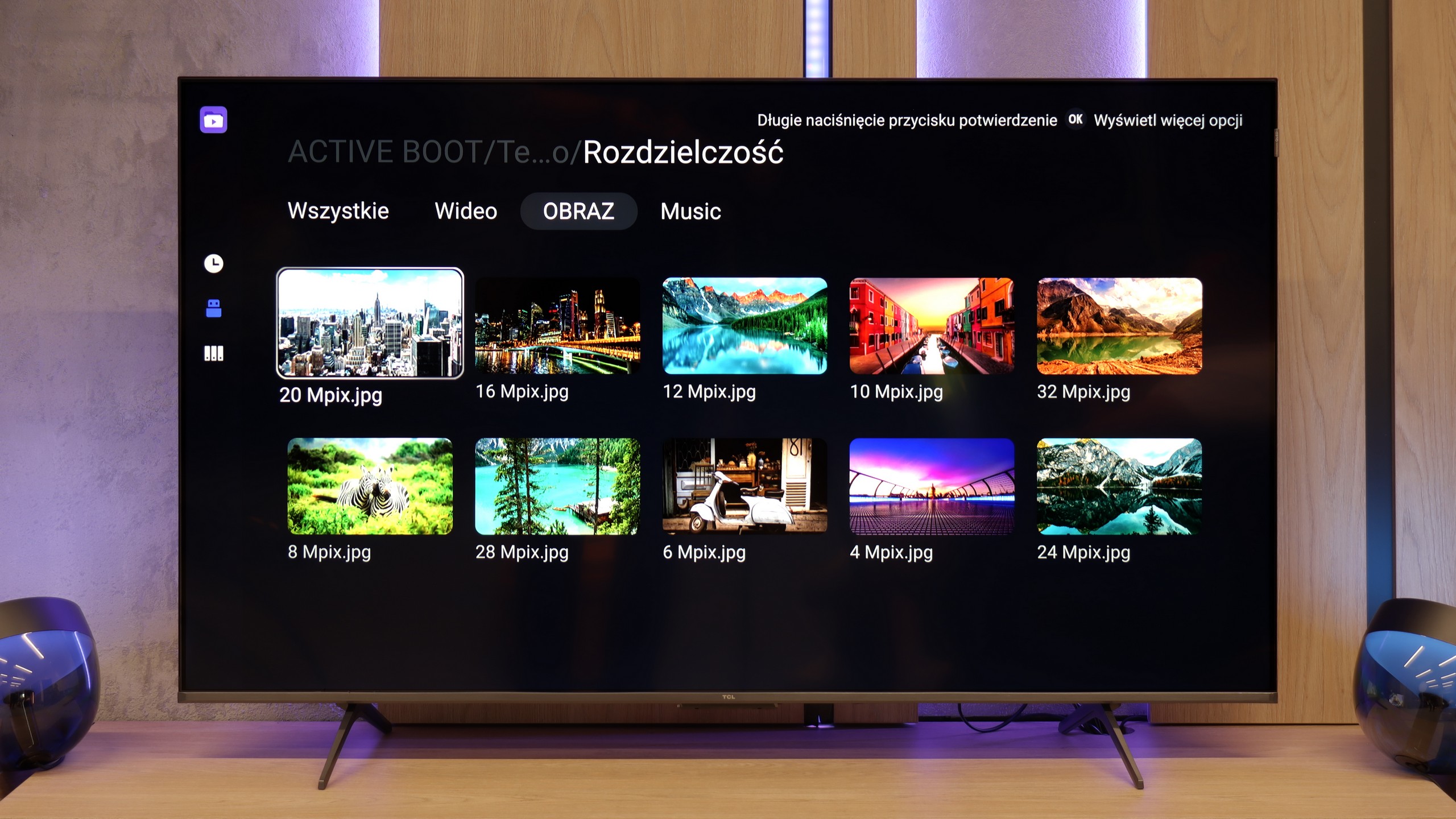
In the Q7F, we have a built-in file player and, as is usually the case with Samsung TVs, it works quite well – most popular movies or music play without any fuss. For basic use, it’s sufficient and you probably won’t need to reach for external solutions like connecting a laptop. It’s a different story if someone wants to upload photos – it can struggle here, especially with Apple’s HEIC or PNG, which are visible in the player menu but don’t necessarily want to work.
Playing files from USB on the TCL P8K performs quite decently. The television handles most popular video formats without any issues, as well as subtitles and audio files. Problems may arise only with less common codecs or unusual file containers that the built-in player simply doesn't recognise. Fortunately, in the case of Google TV, this isn't a problem – within a few moments, you can download an external player like VLC, MX Player, or Kodi, and the issue disappears.
Apps
8.7/10
9.6/10














































Sound
5.8/10
6.7/10
- Maximum volume80dB80dB
- Dolby Digital Plus 7.1
- Dolby True HD 7.1
- Dolby Atmos in Dolby Digital Plus (JOC)
- Dolby Atmos in Dolby True HD
- DTS:X in DTS-HD MA
- DTS-HD Master Audio
Samsung Q7F has a speaker set with a power of 20 W and… well, let's not kid ourselves, it's not a revelation. The TV itself sounds quite decent, meaning series, news, or daily programs are clearly audible, dialogues are not lost, but there's a significant lack of depth or sound space. There's practically no bass; something thuds, but it resembles tapping on a box more than real low frequencies. Music sounds flat, films also don't leave a strong impression – you won't feel like you're in a cinema. It's a sound in the "acceptable" category, just to have something built-in, but if someone is hoping for a stronger experience, they'll end up reaching for a soundbar sooner or later. And to be honest – even the simplest model will make a noticeable difference, and Samsung has quite a few of those on offer.
For a television in this price range, the TCL P8K can really surprise with its sound. The 2.1 system featuring Onkyo, along with the subwoofer located at the back of the unit, offers surprisingly pleasant, rich bass and quite a wide soundstage. The audio is warm, and with the right material, you can even get the impression that the sound gains depth and character – something rarely expected from a television at this price. It actually performs quite well for music. However, it's not perfect. The P8K is not one of the particularly loud televisions – during testing, we noticed a strange tendency to automatically lower the volume, even with the volume slider set to maximum. It seems like some internal limiter is at work, presumably to protect the speakers (or our ears). It's a shame because there's significant potential in this set, and without that limitation, the sound could be even fuller.
Acoustic Measurements
80dBC (Max)
75dBC
80dBC (Max)
75dBC
